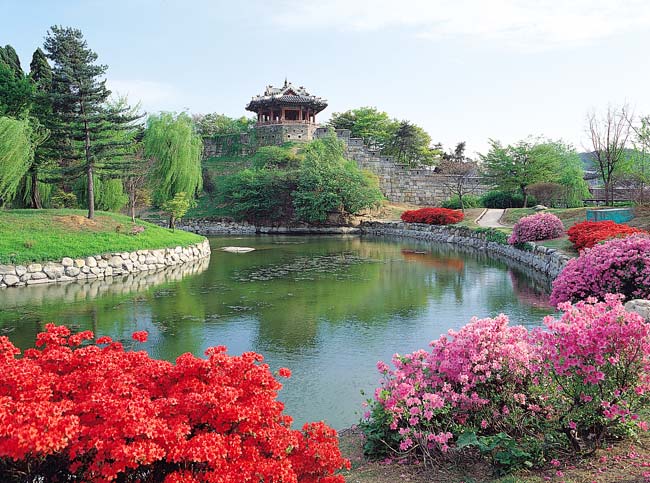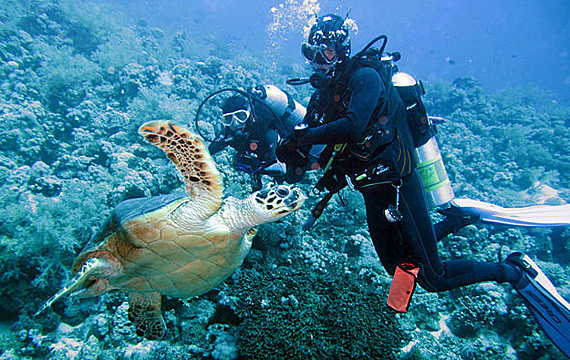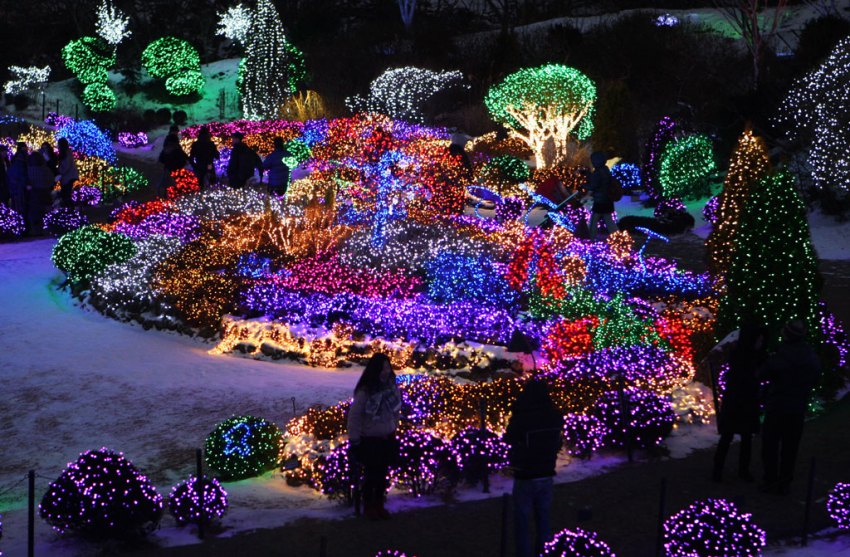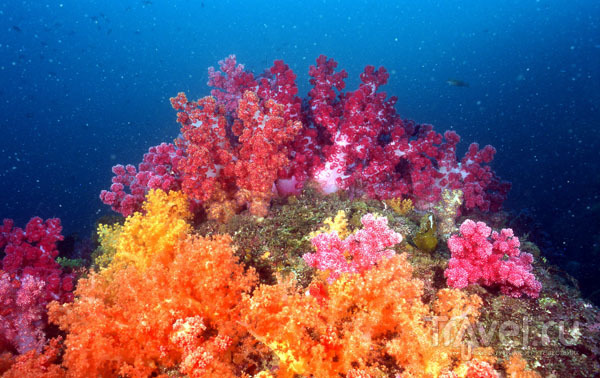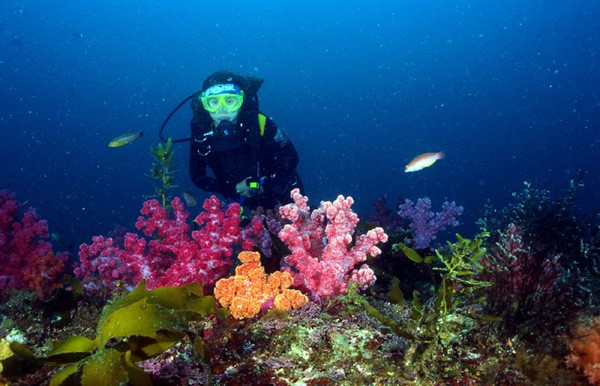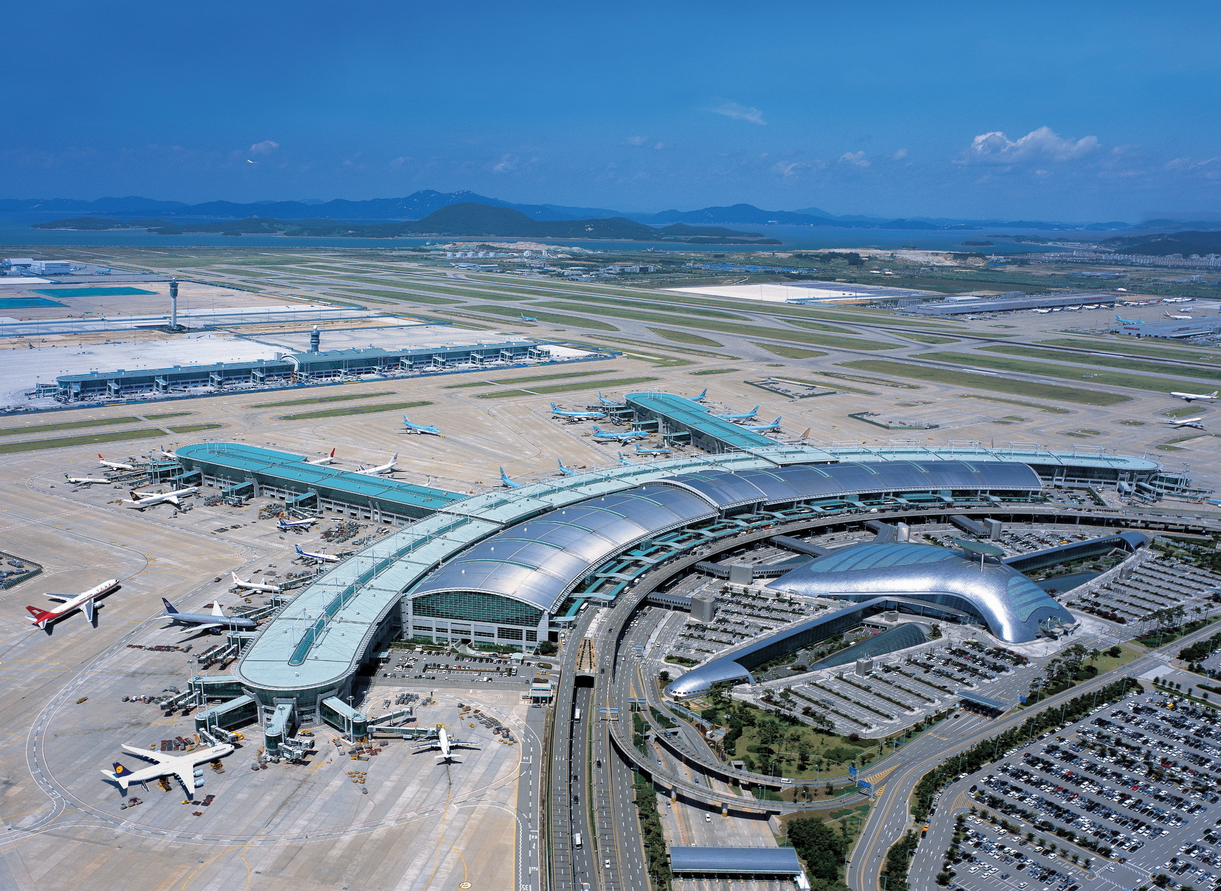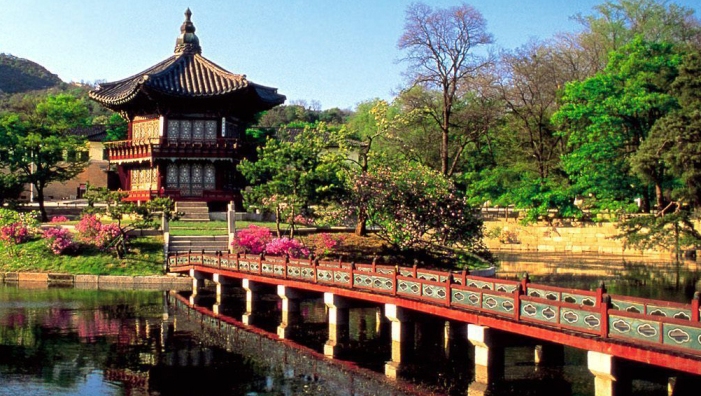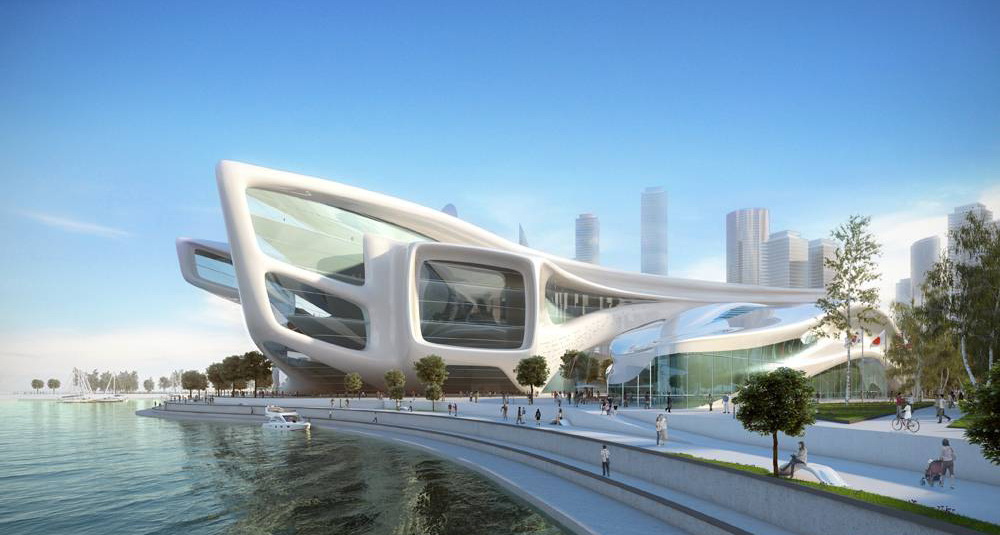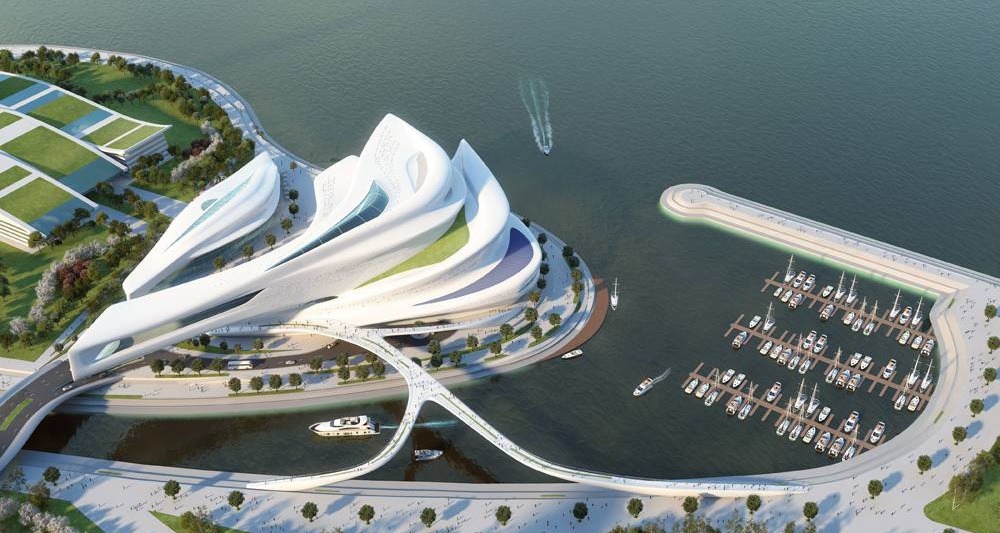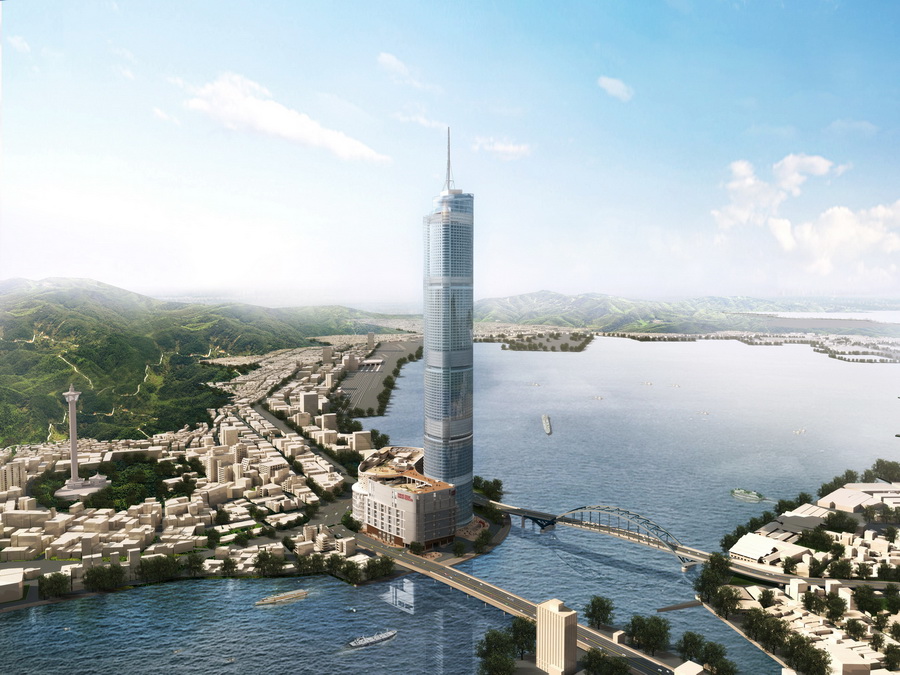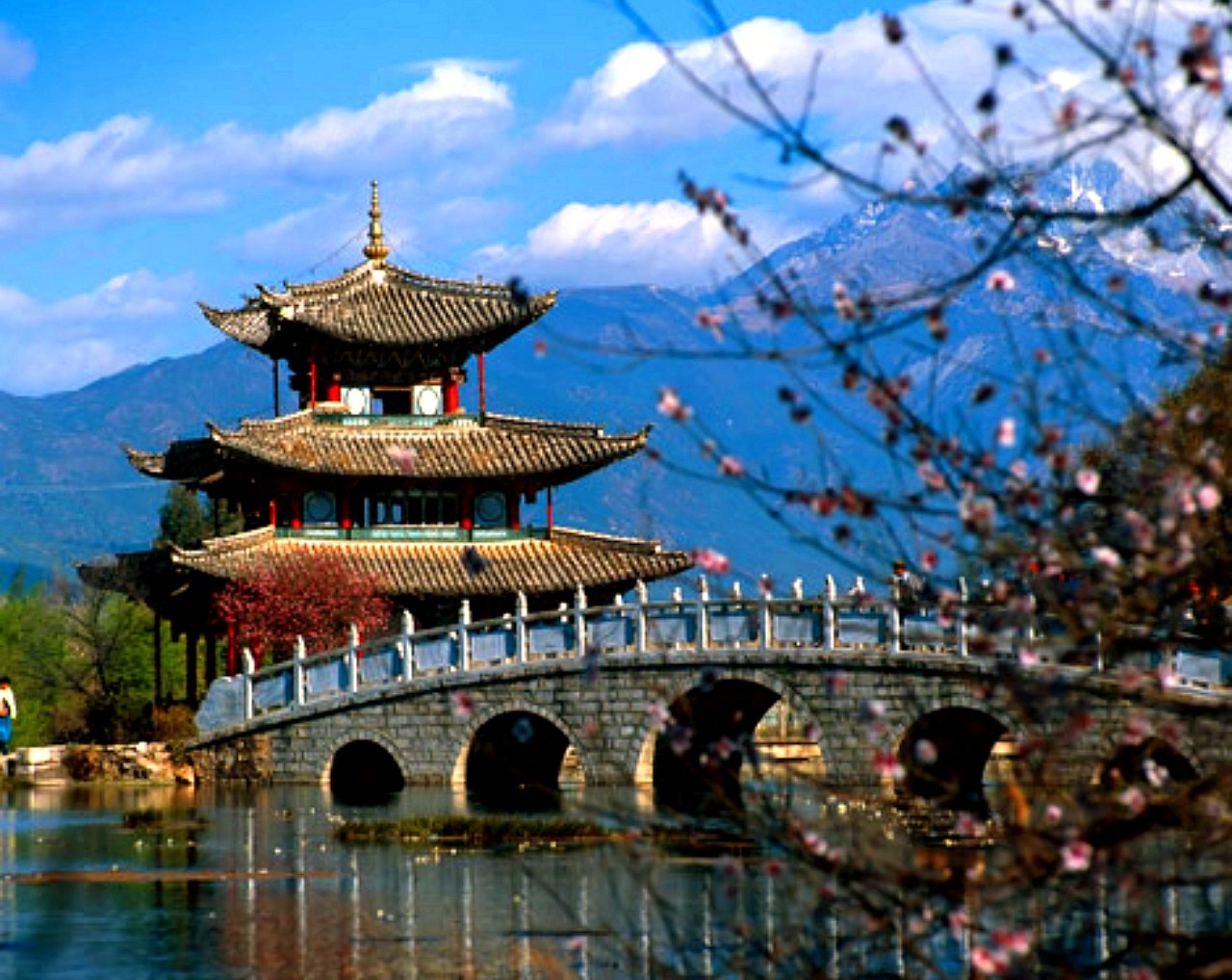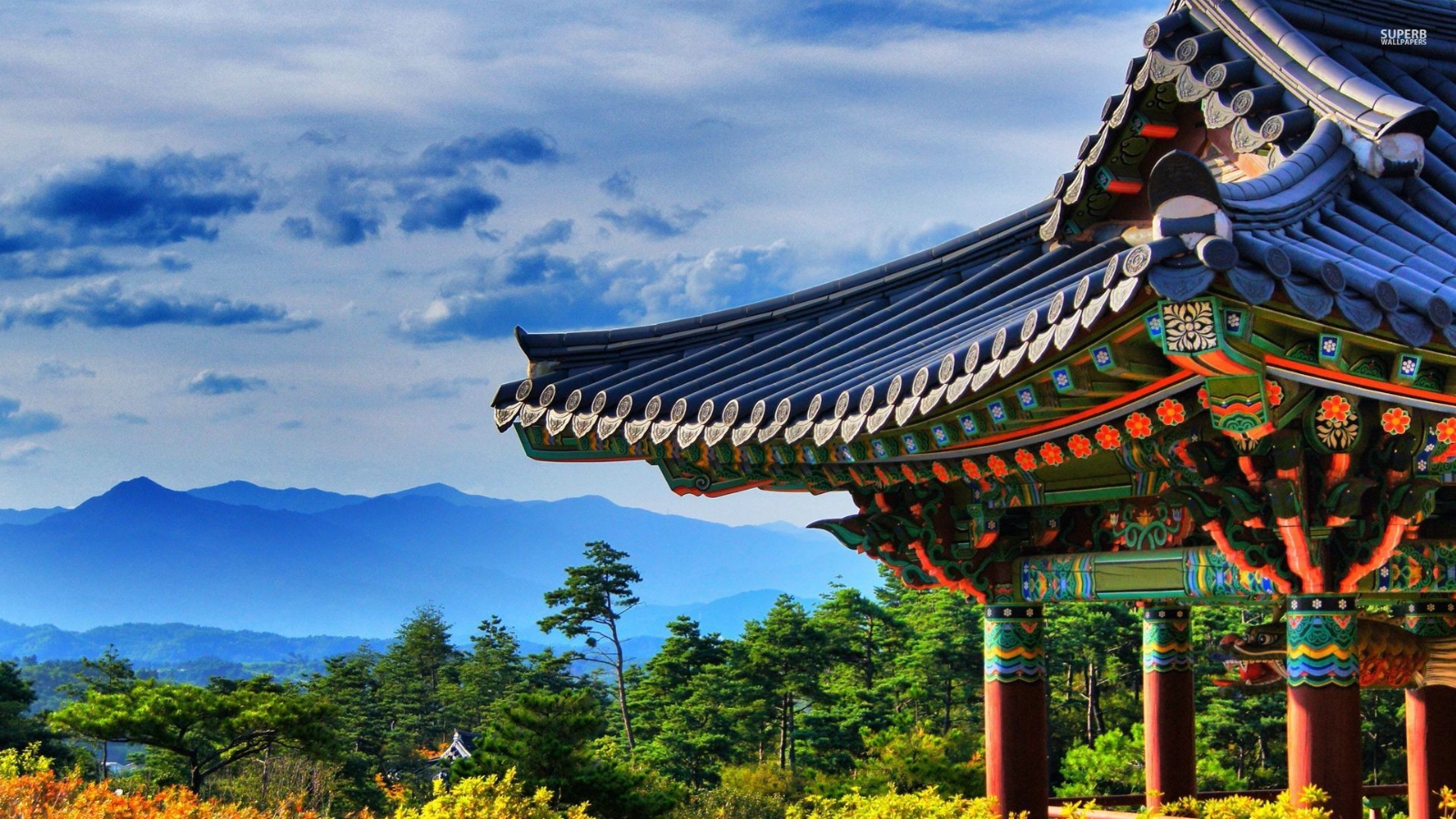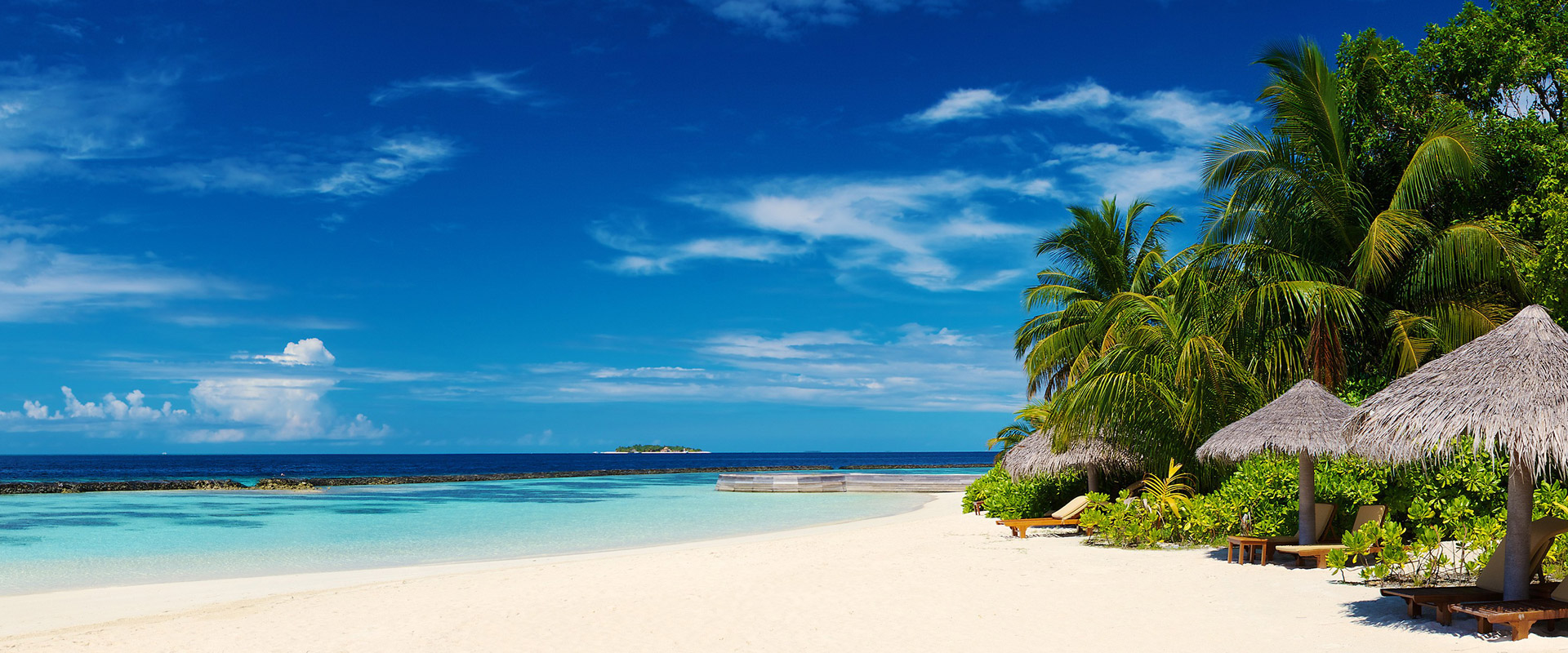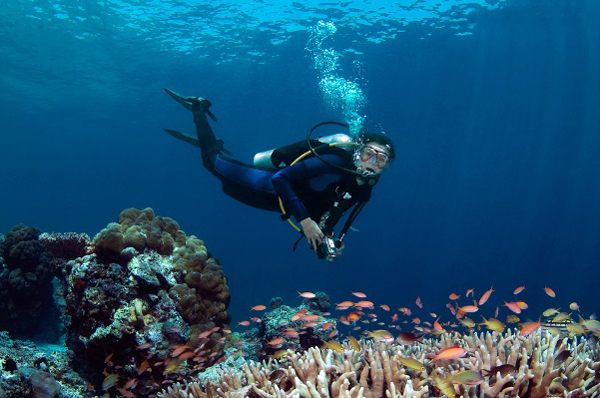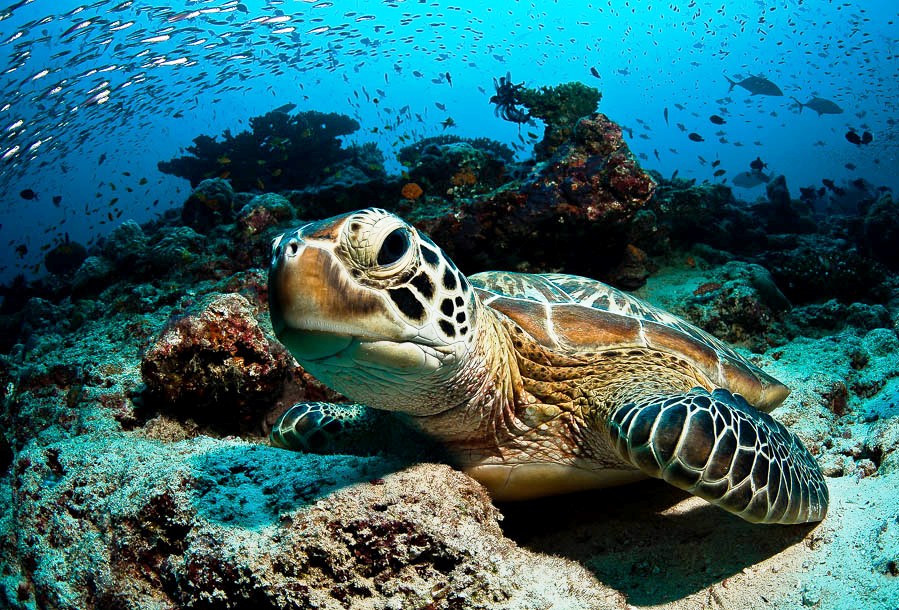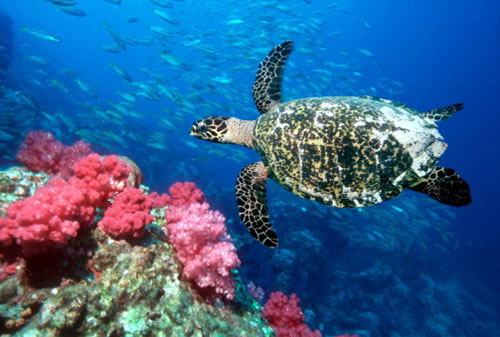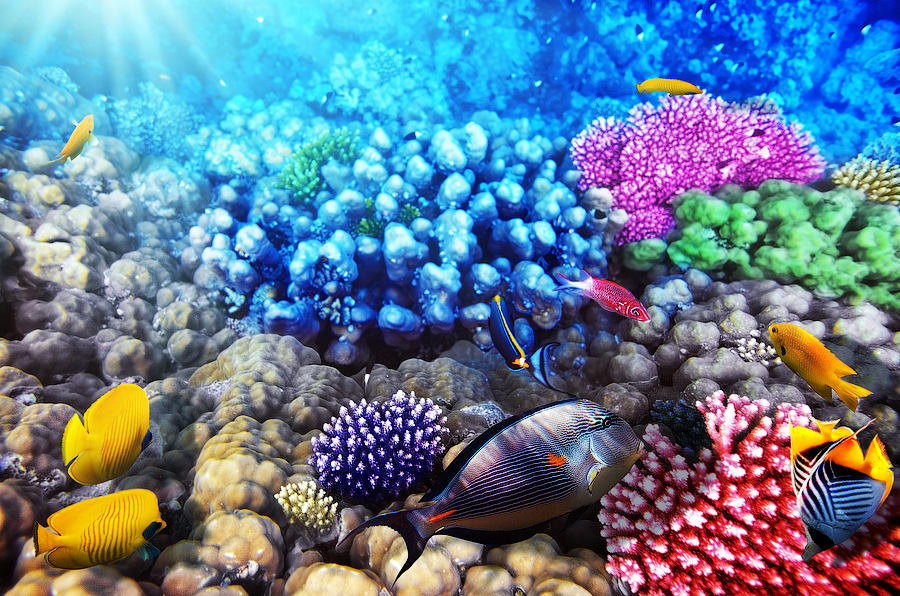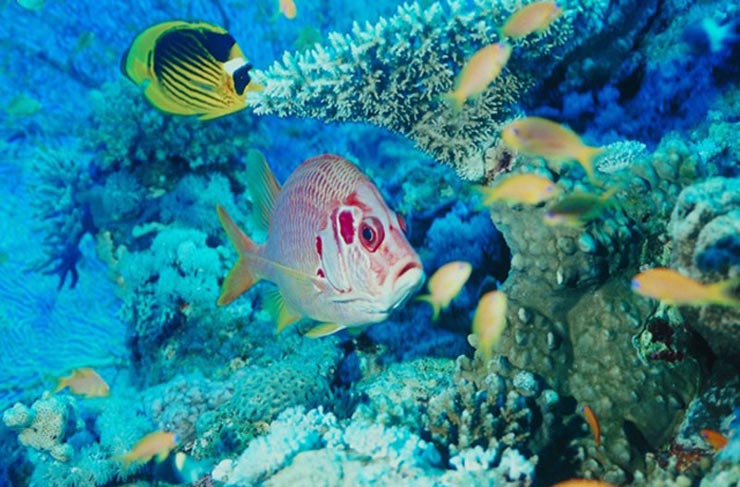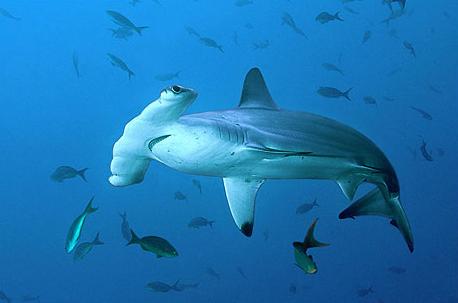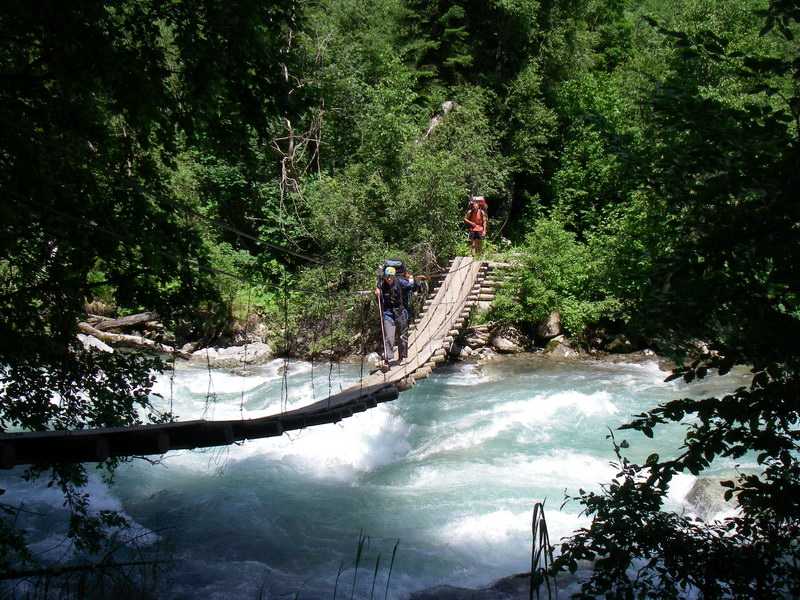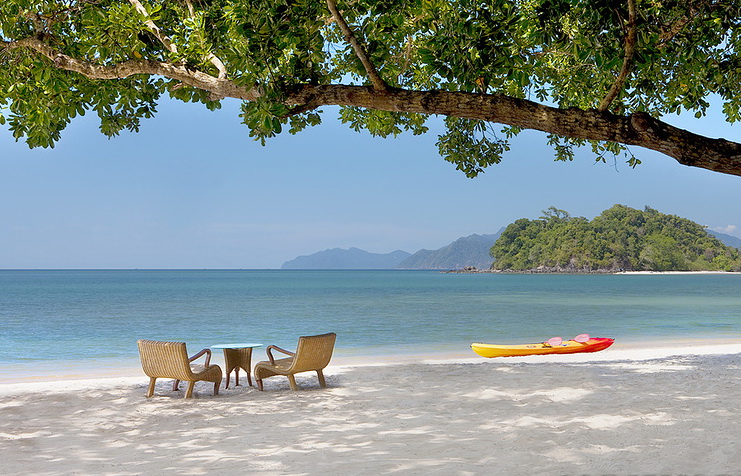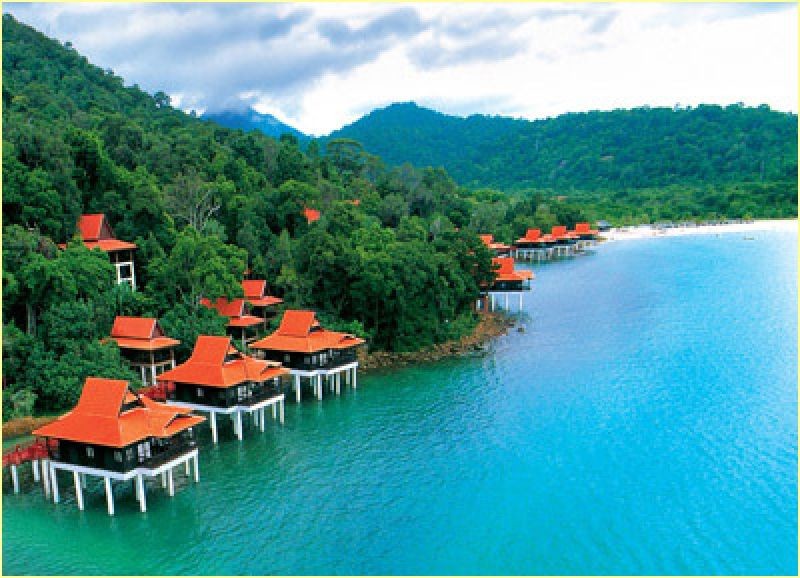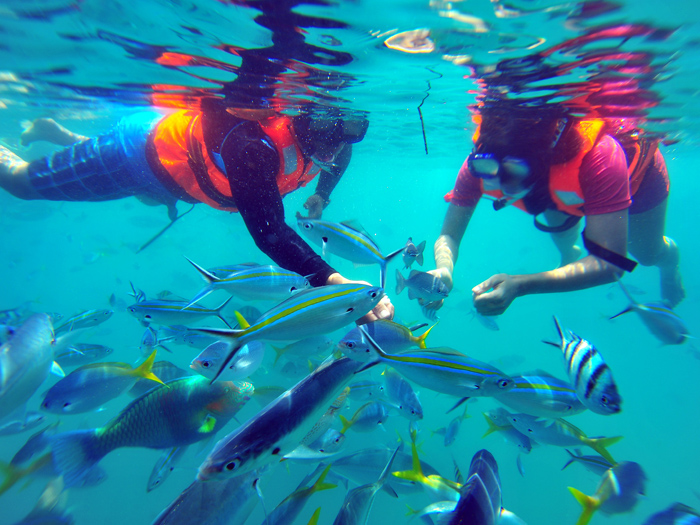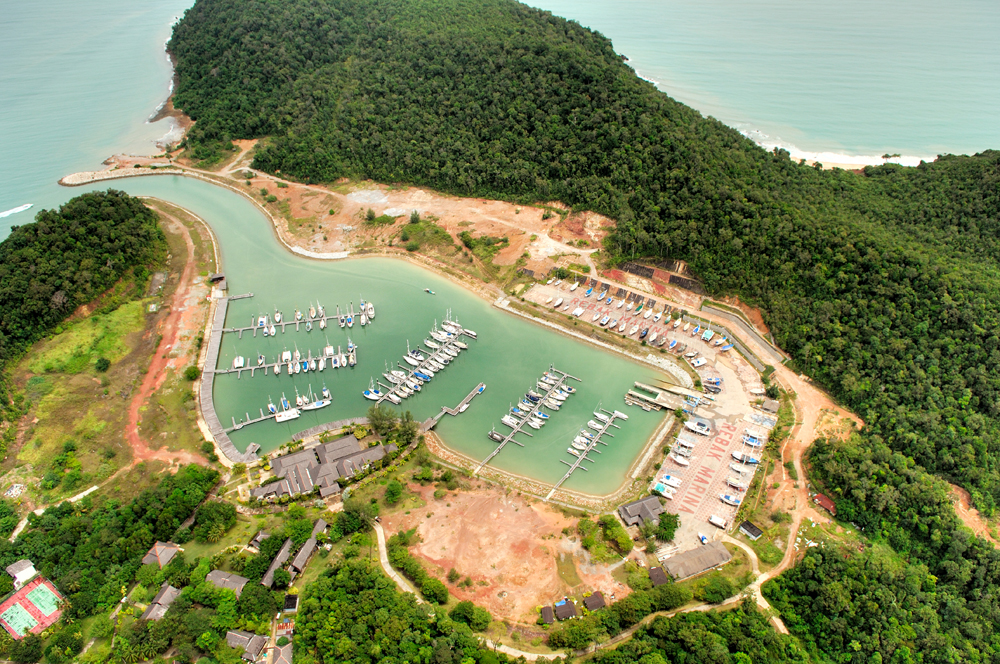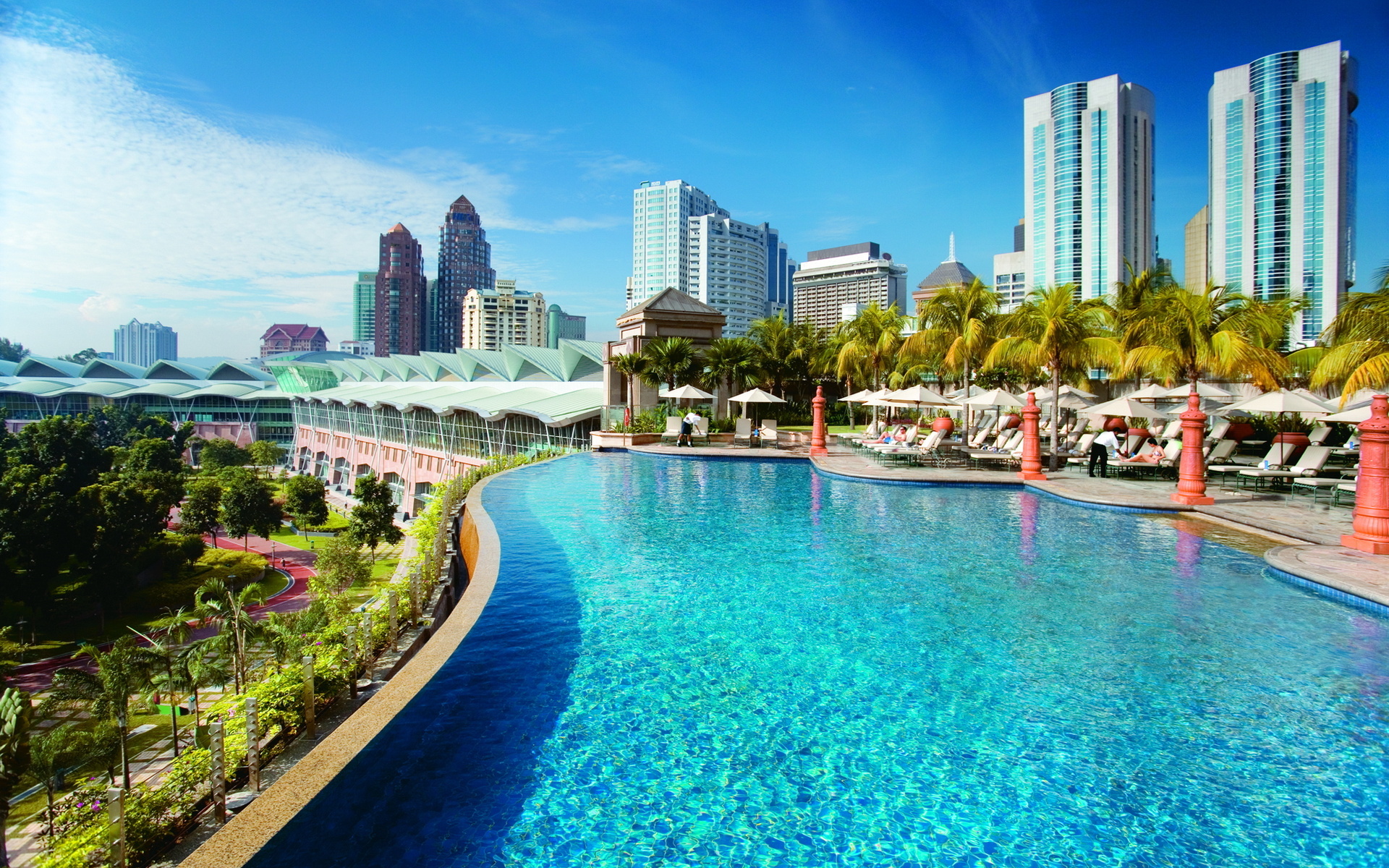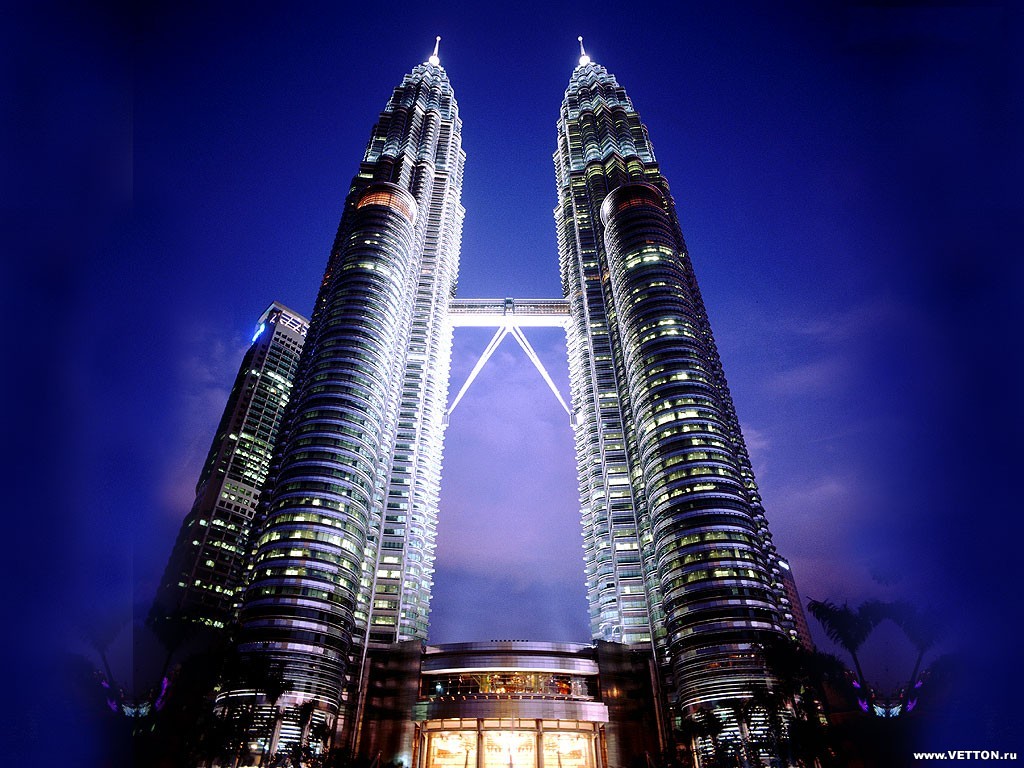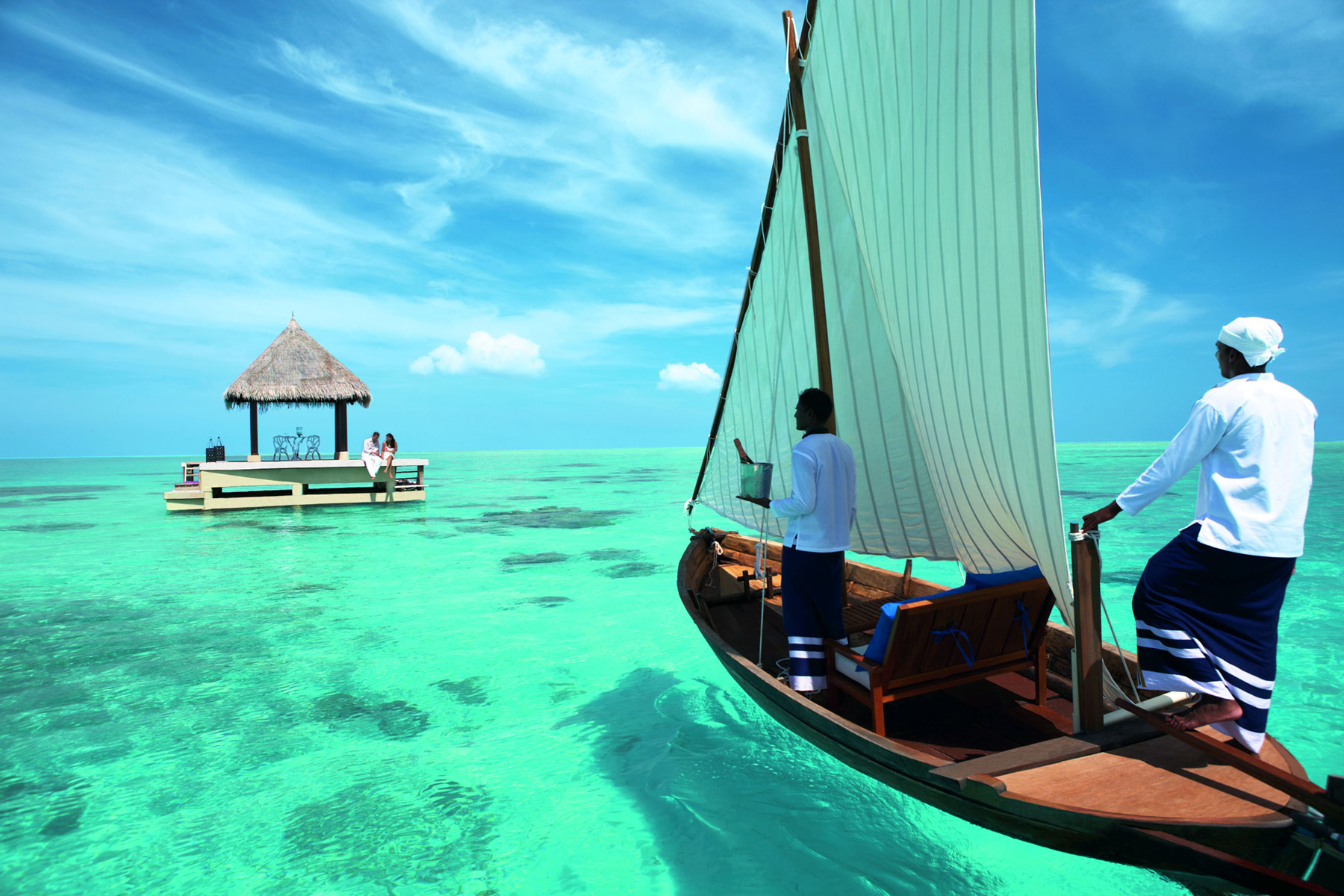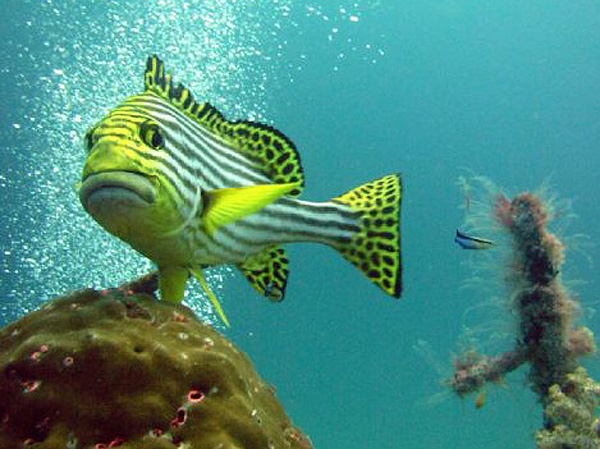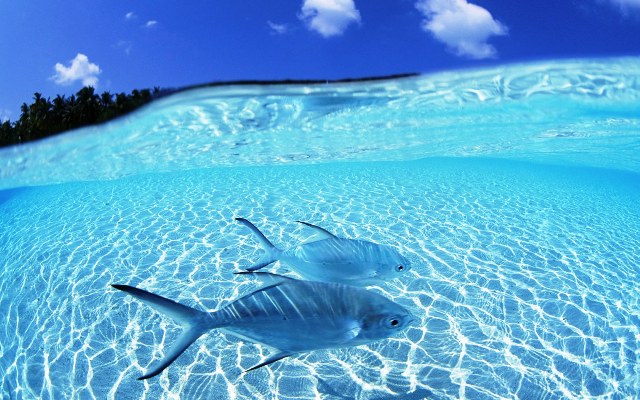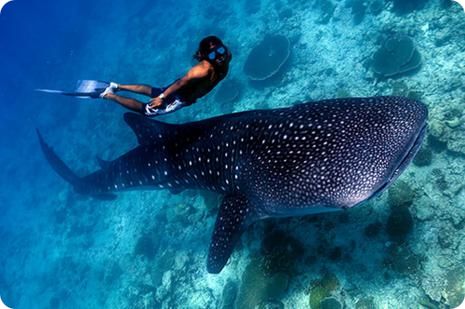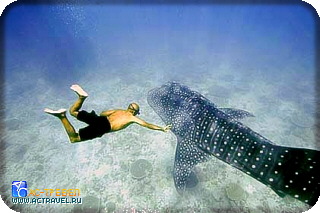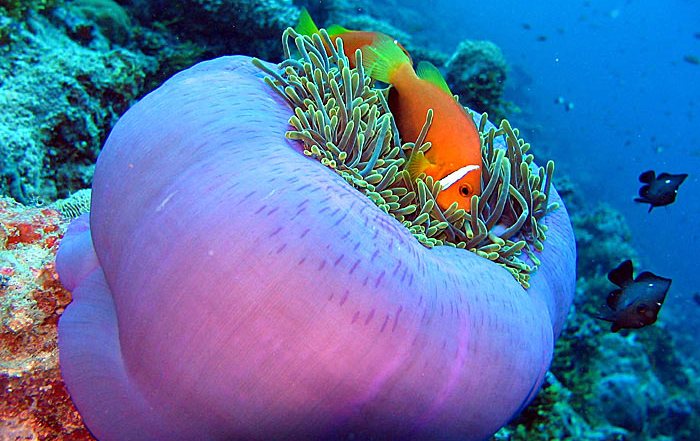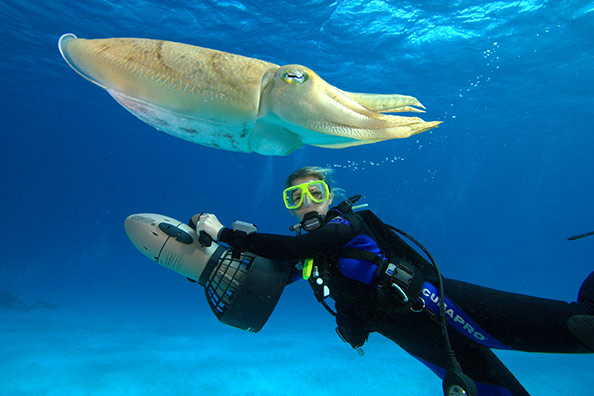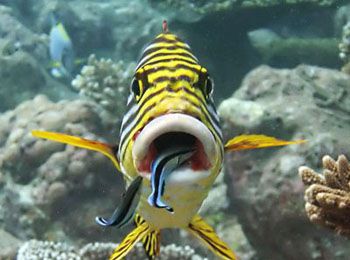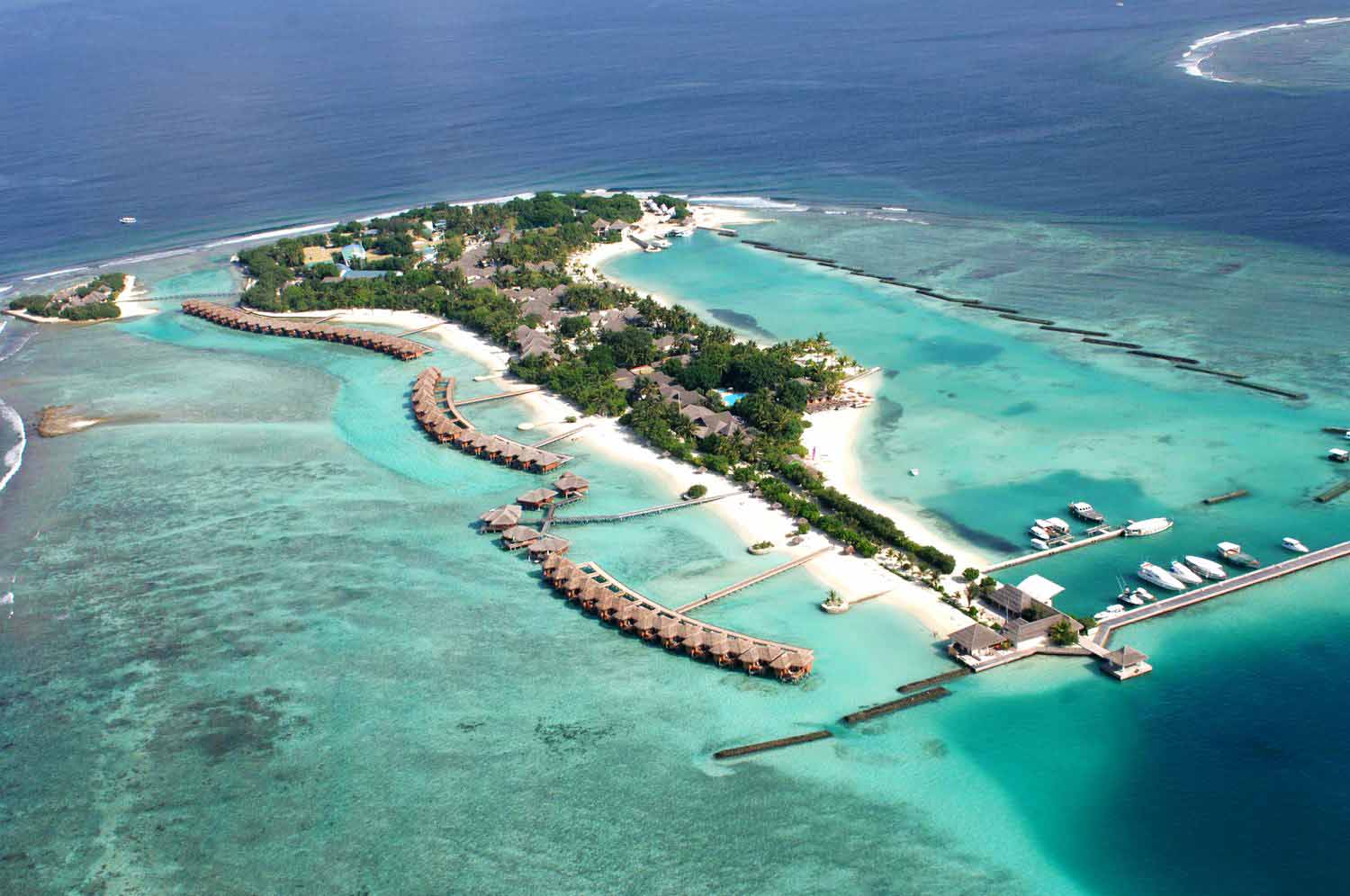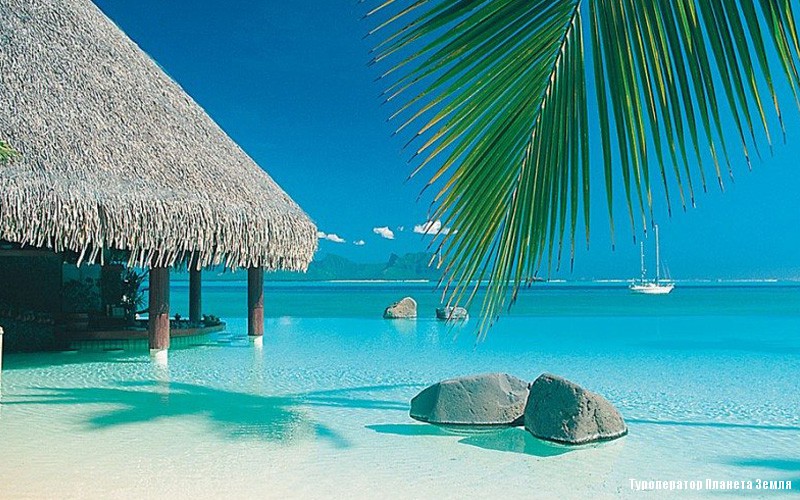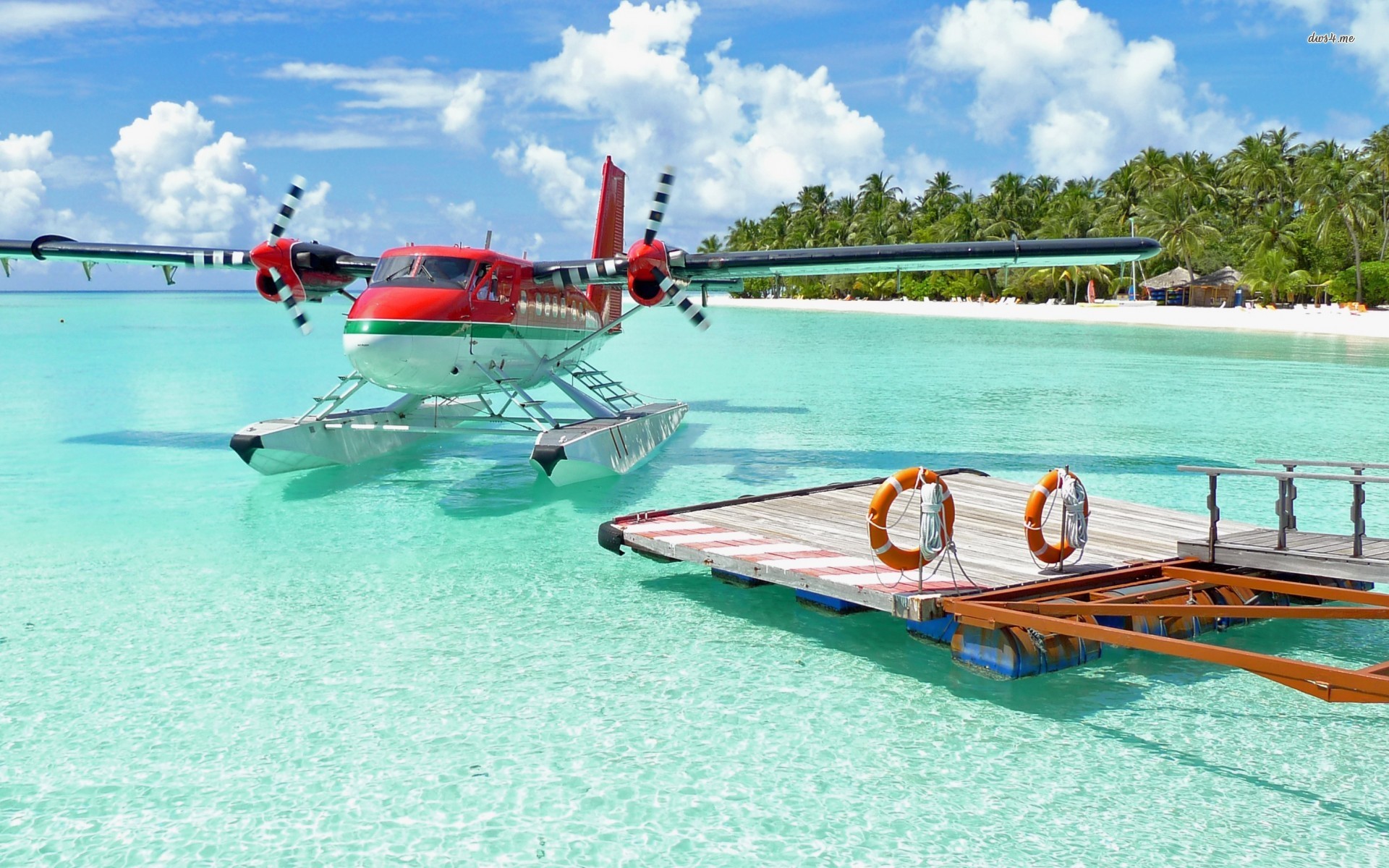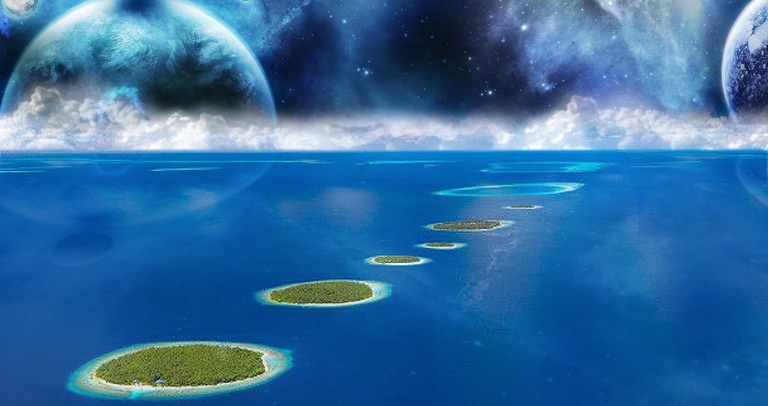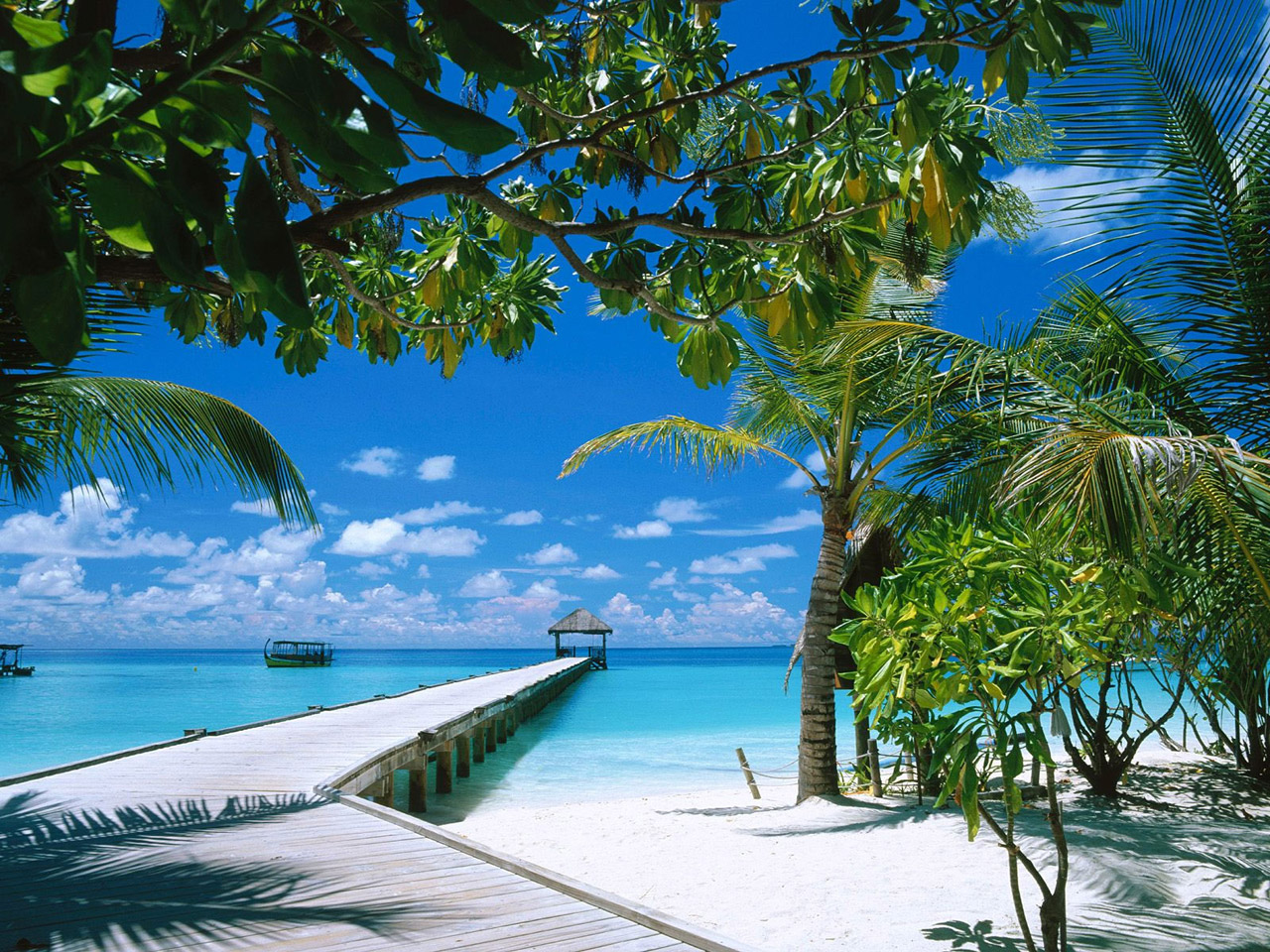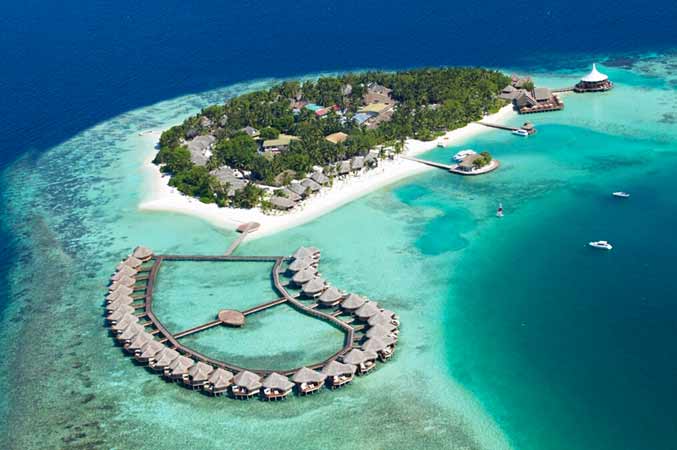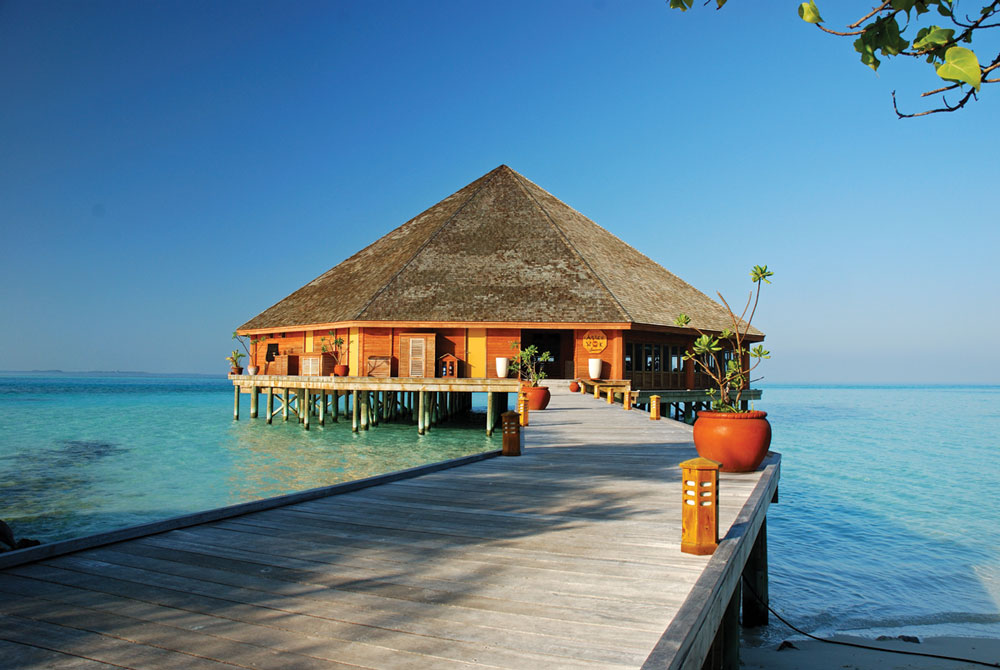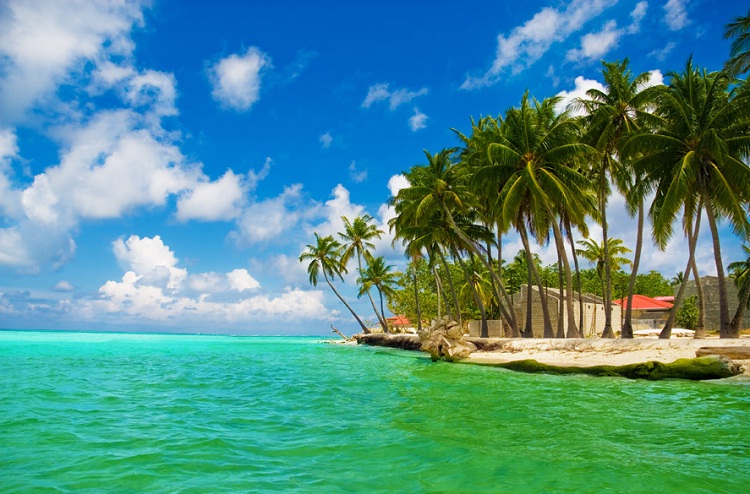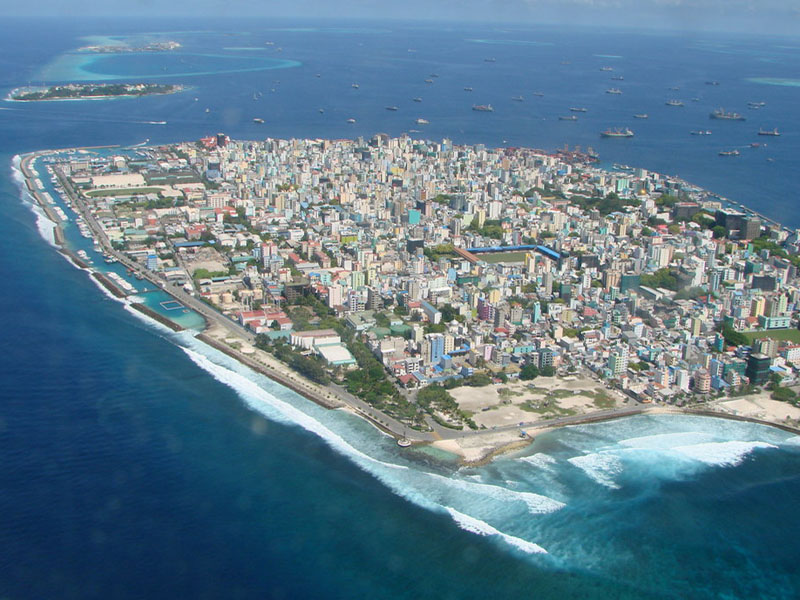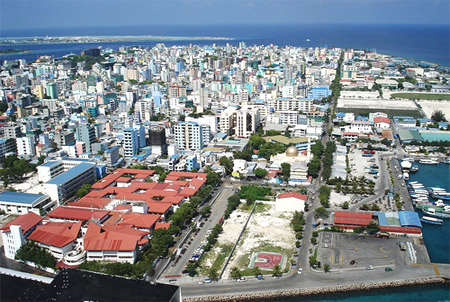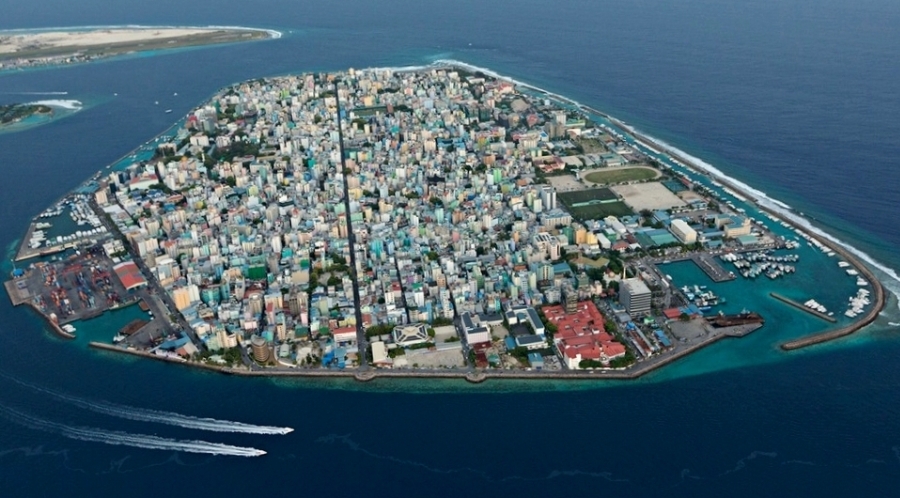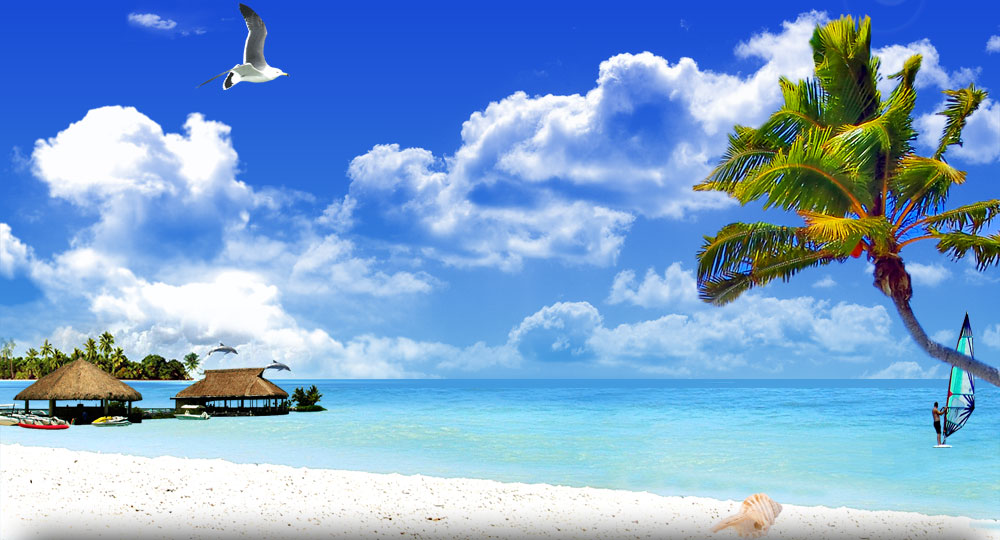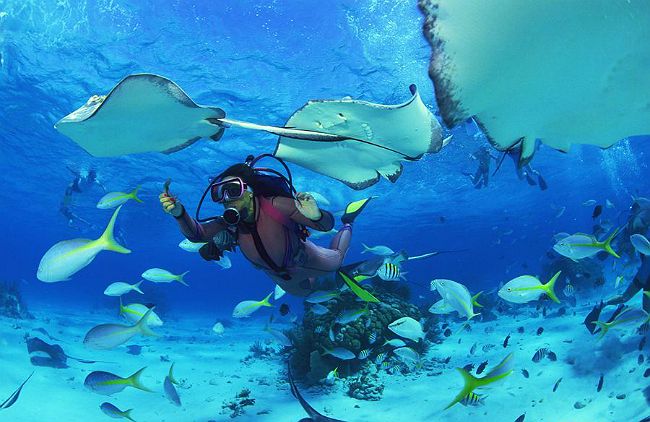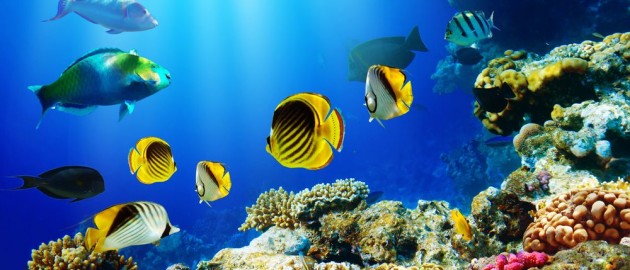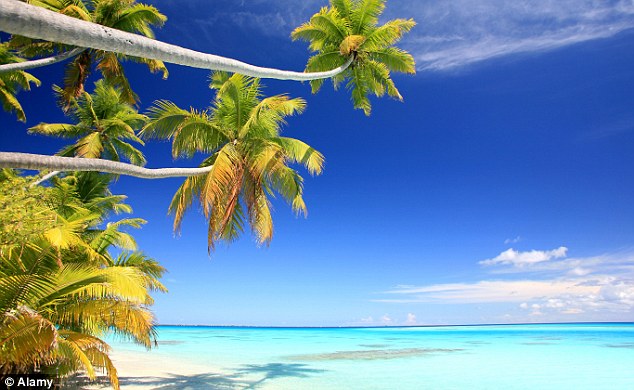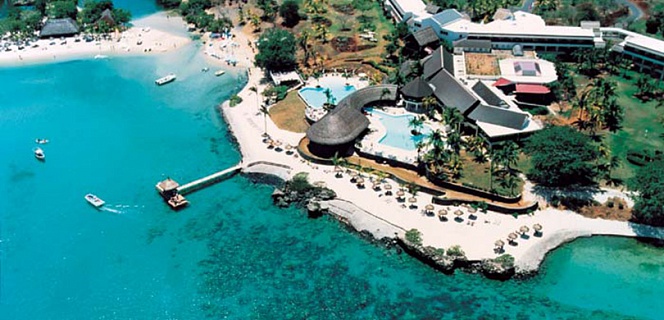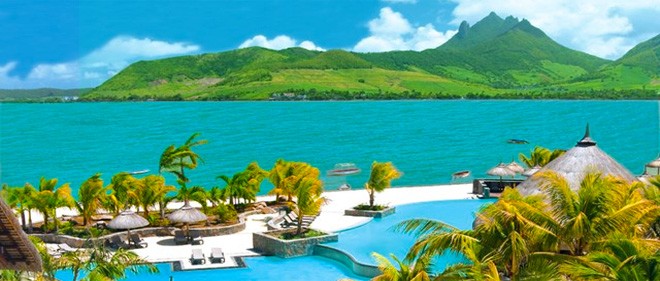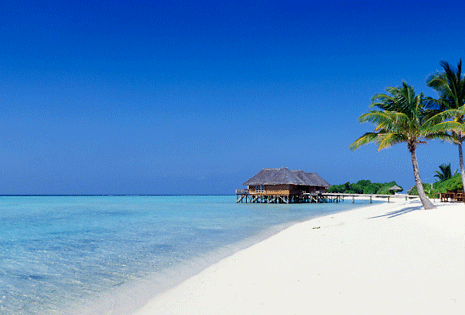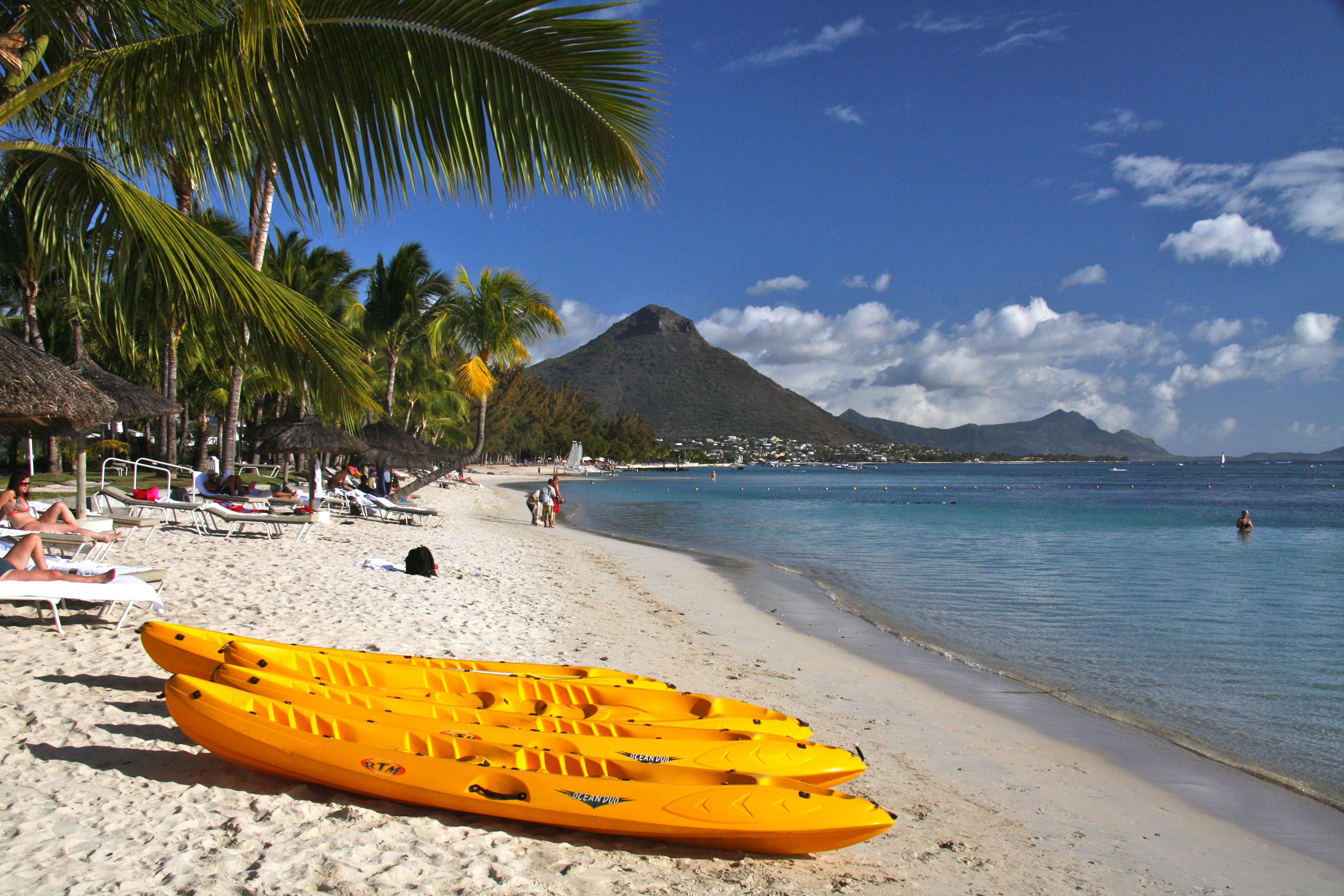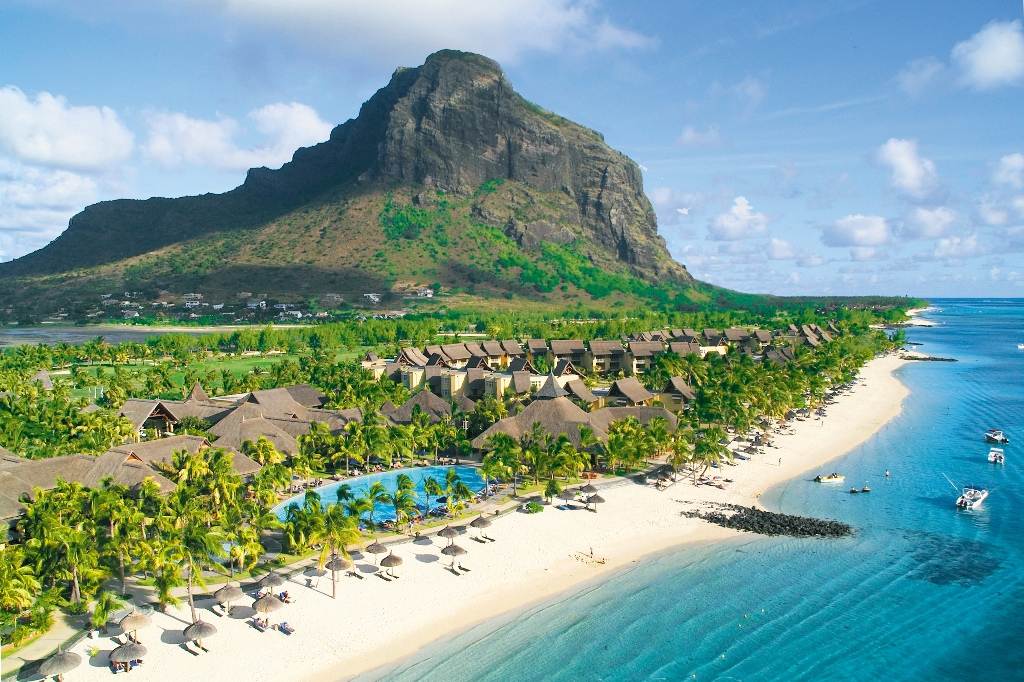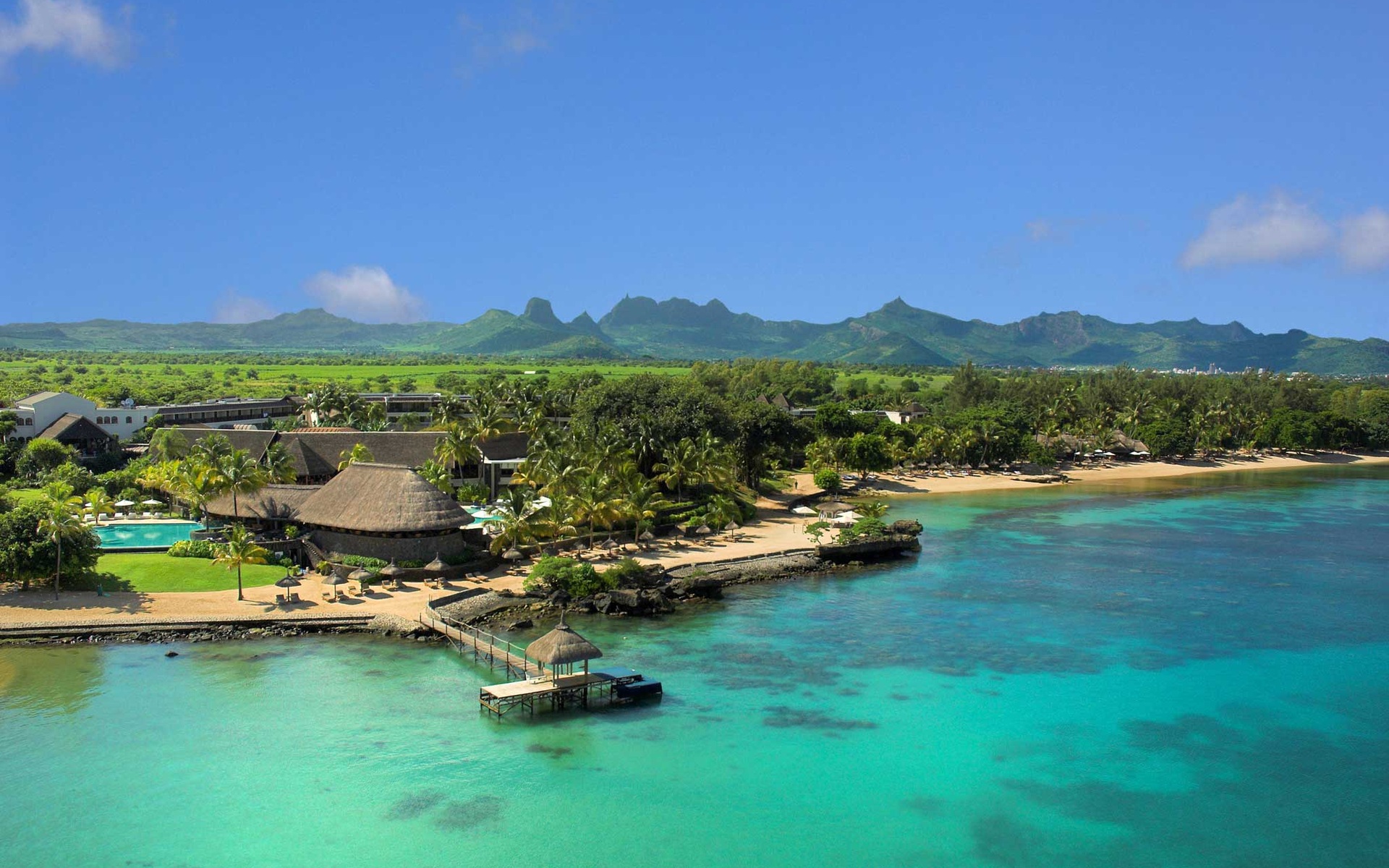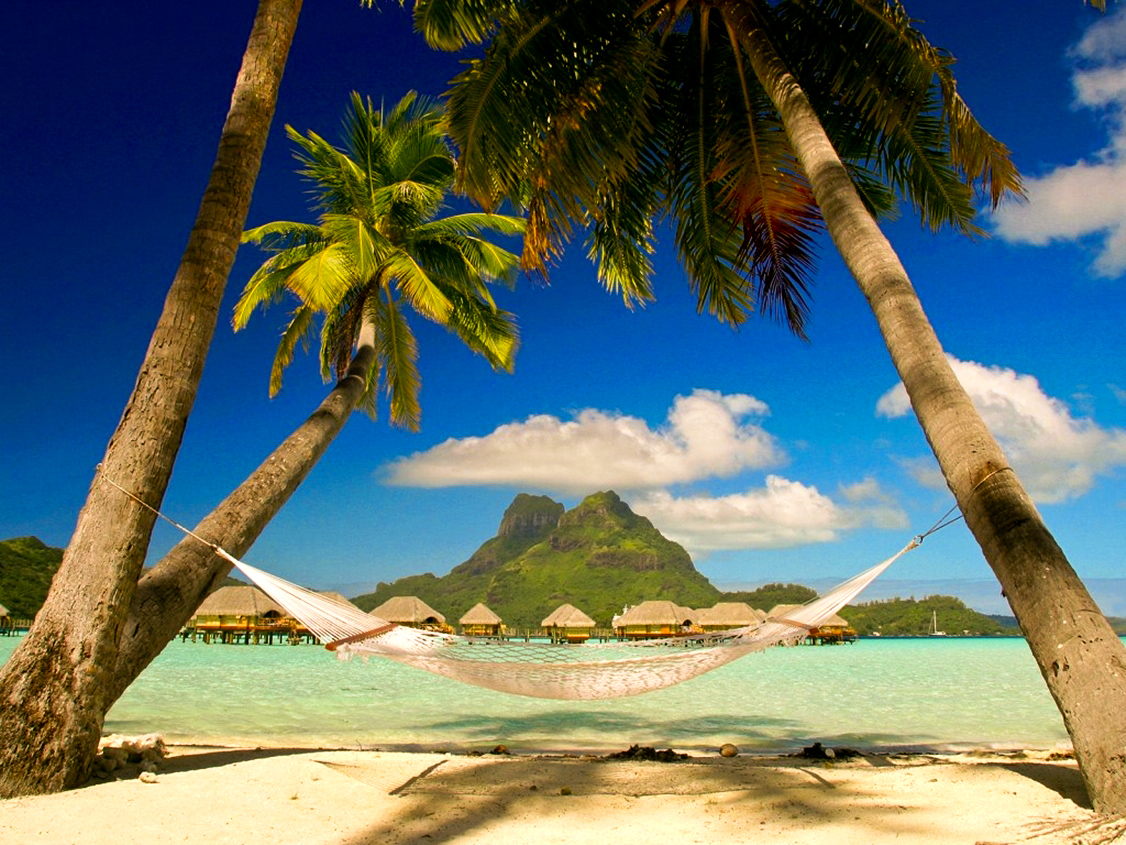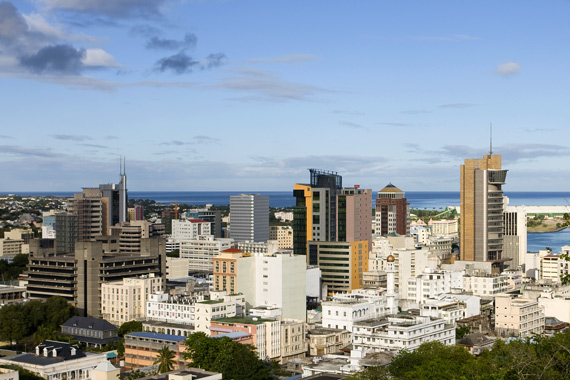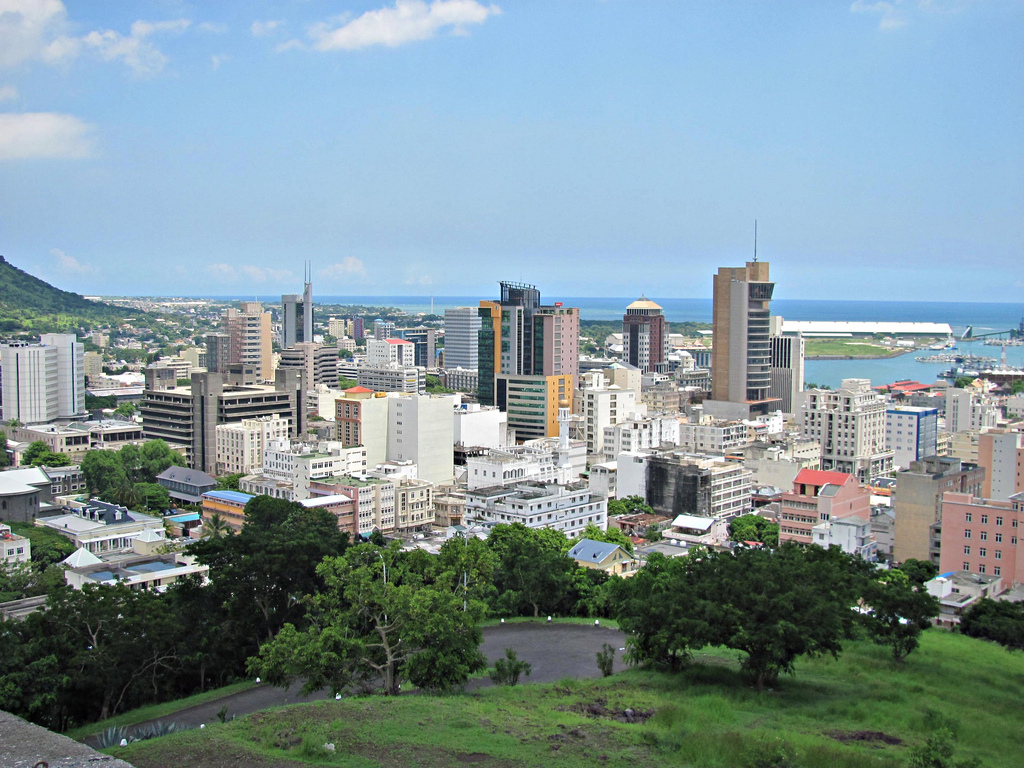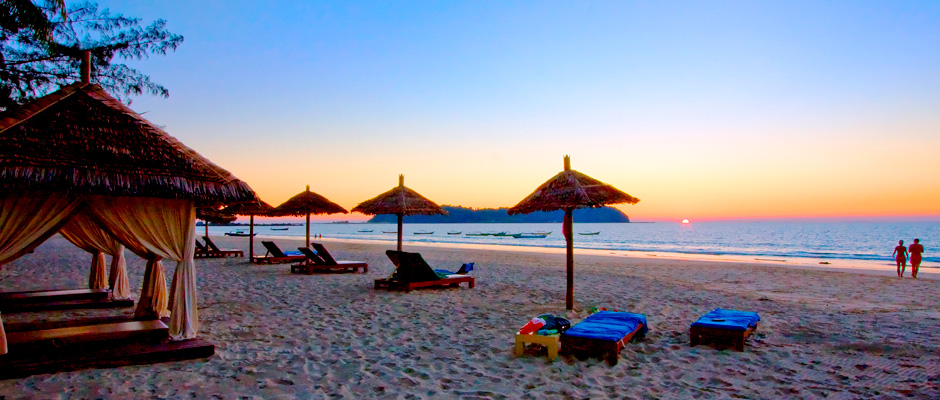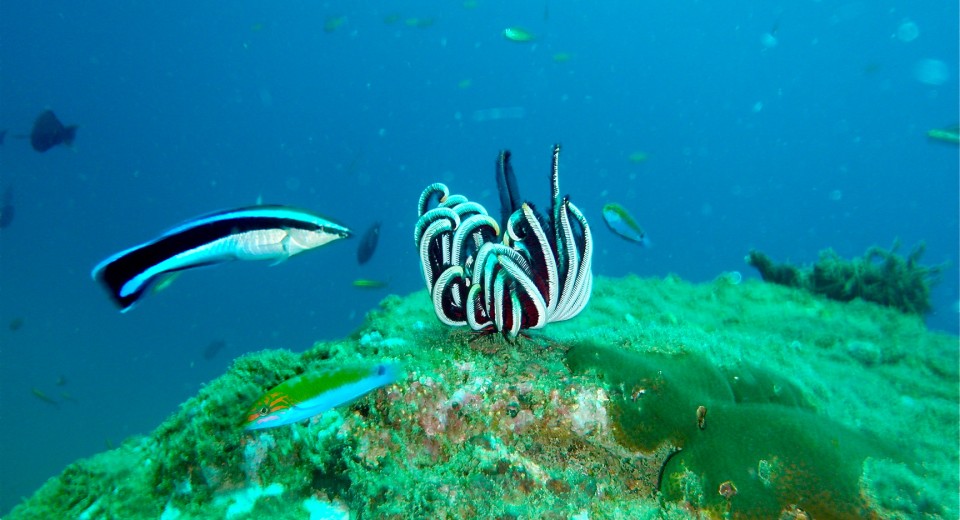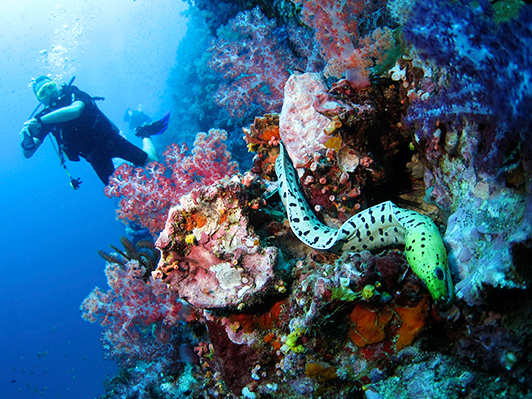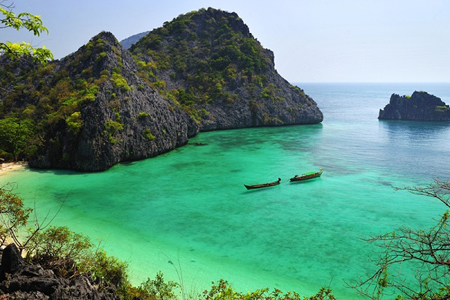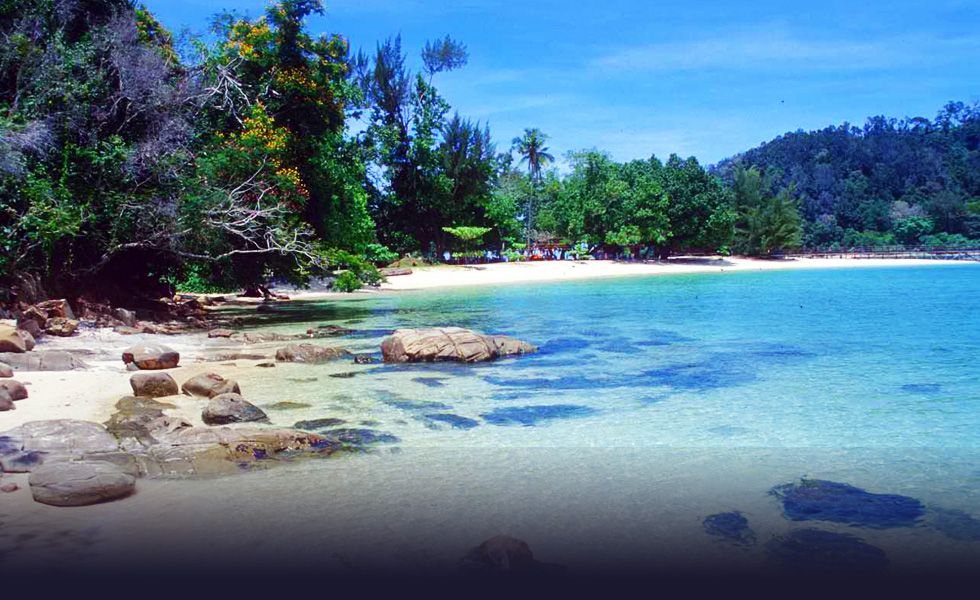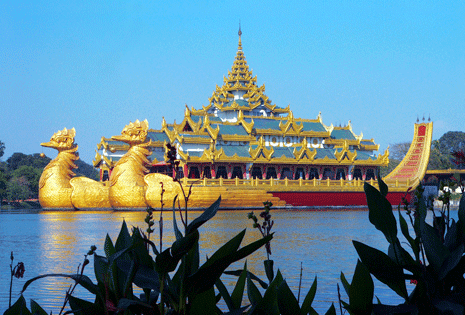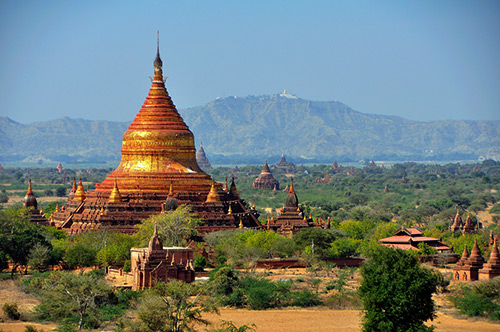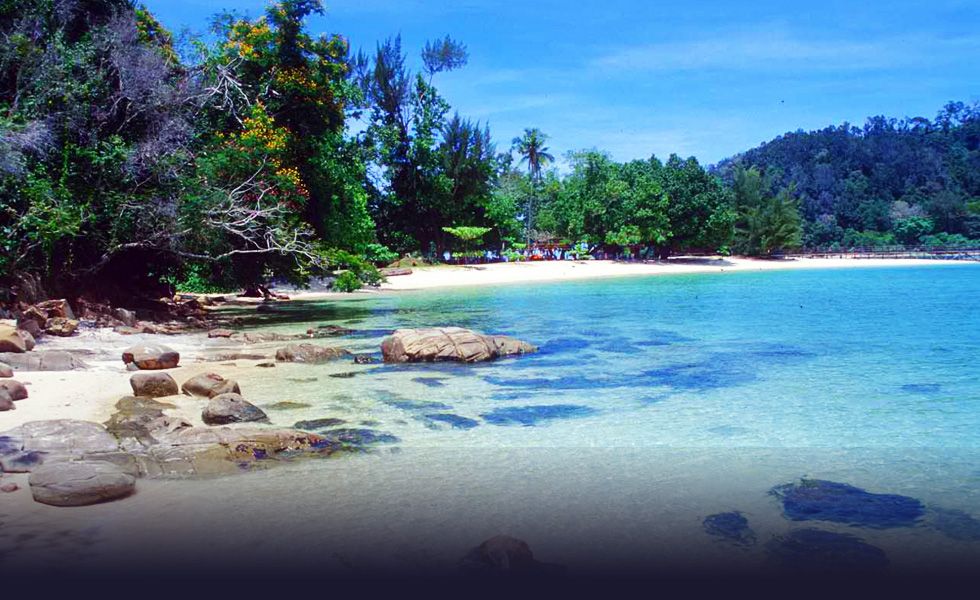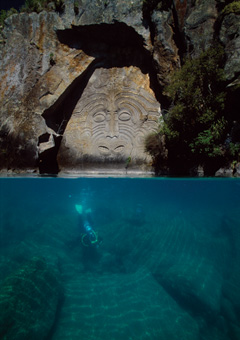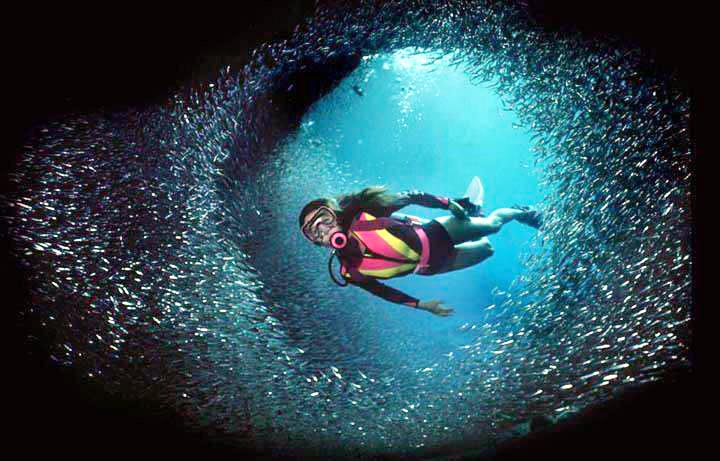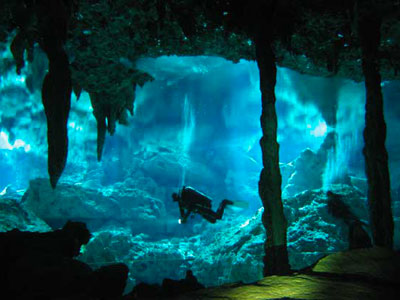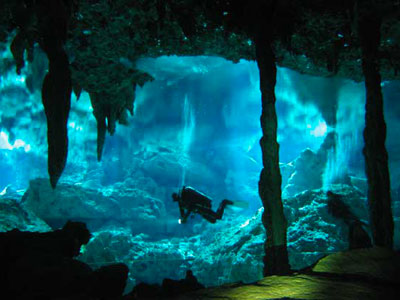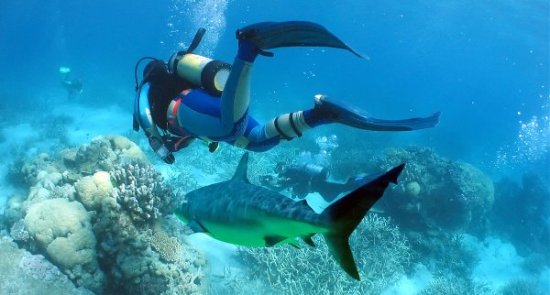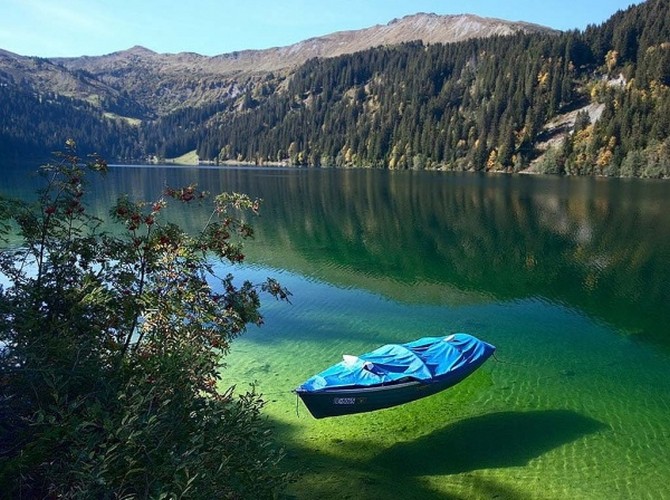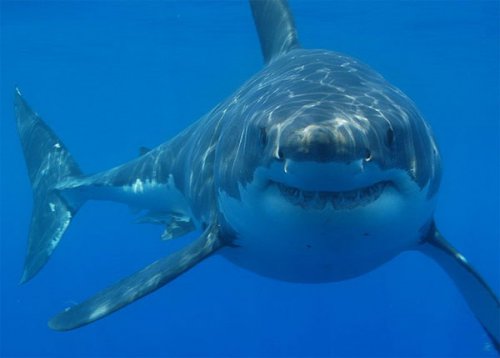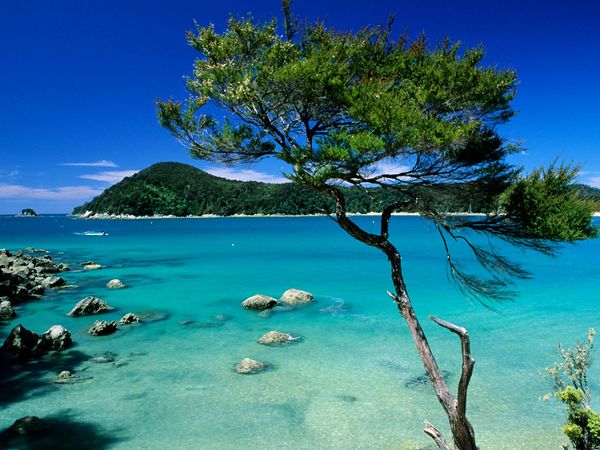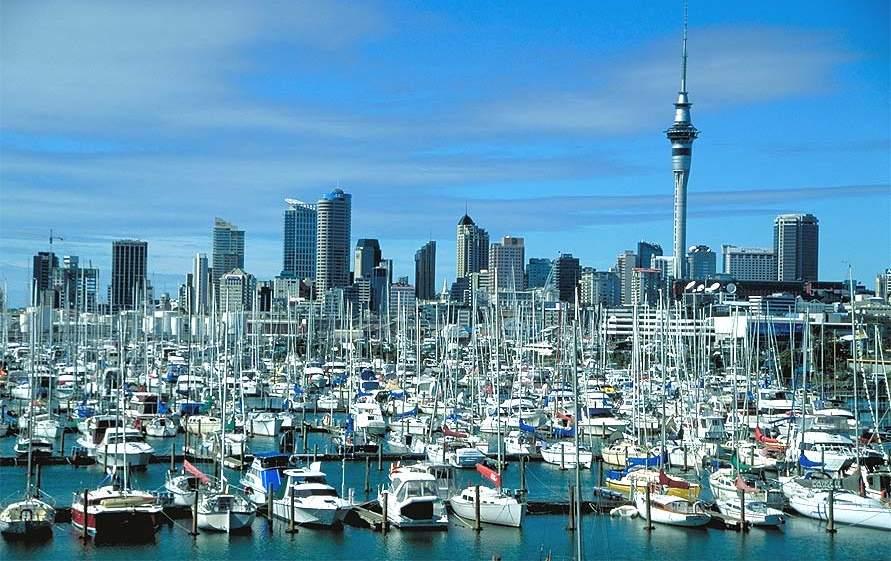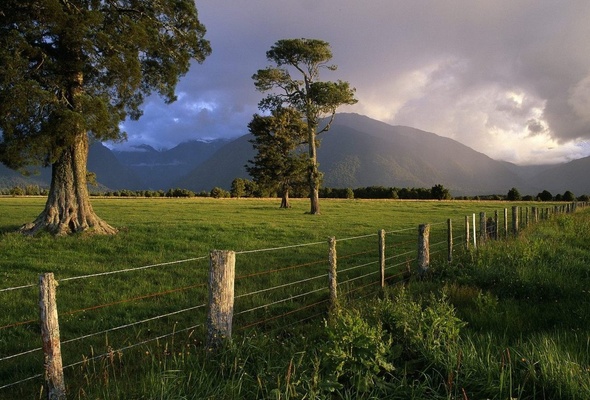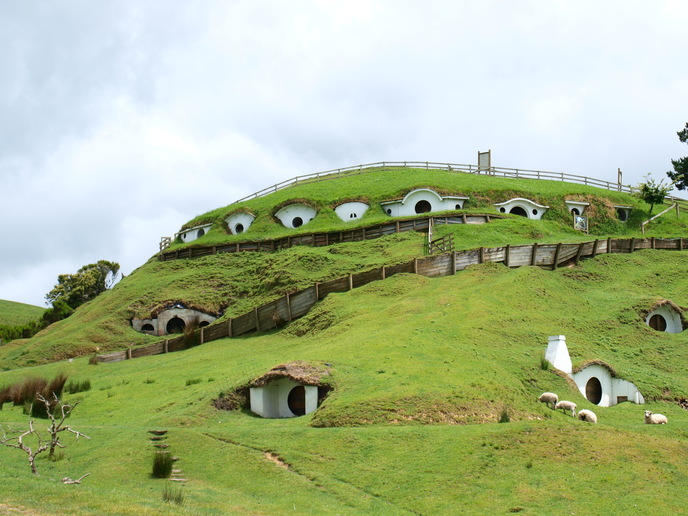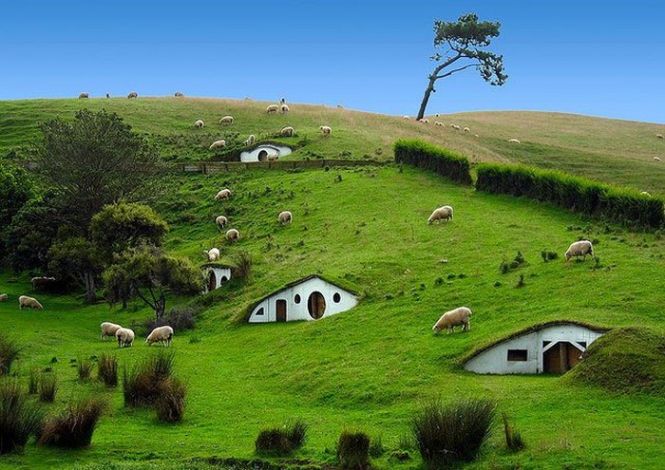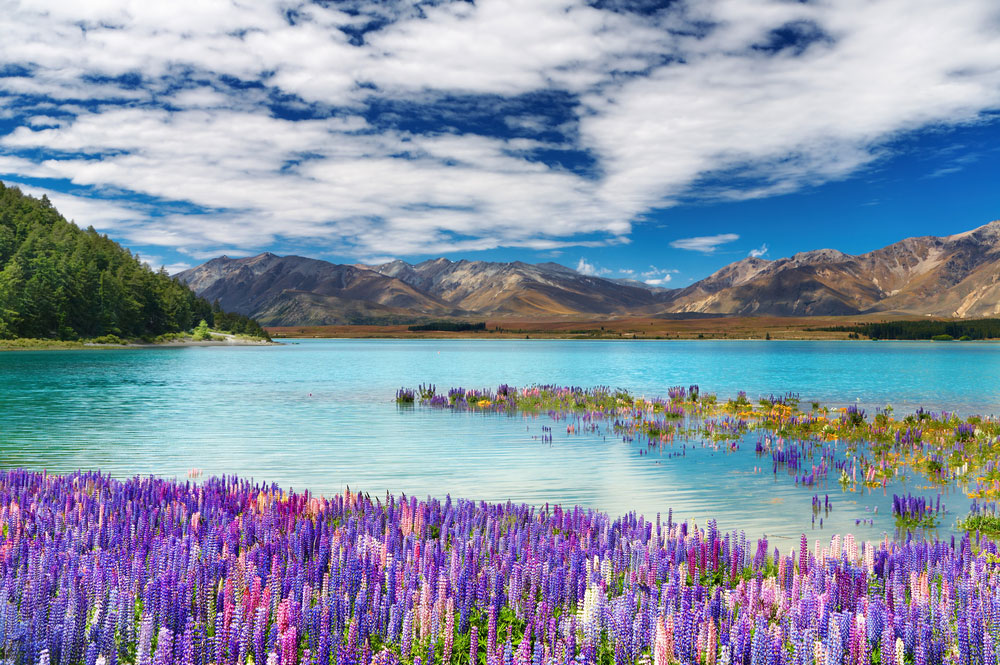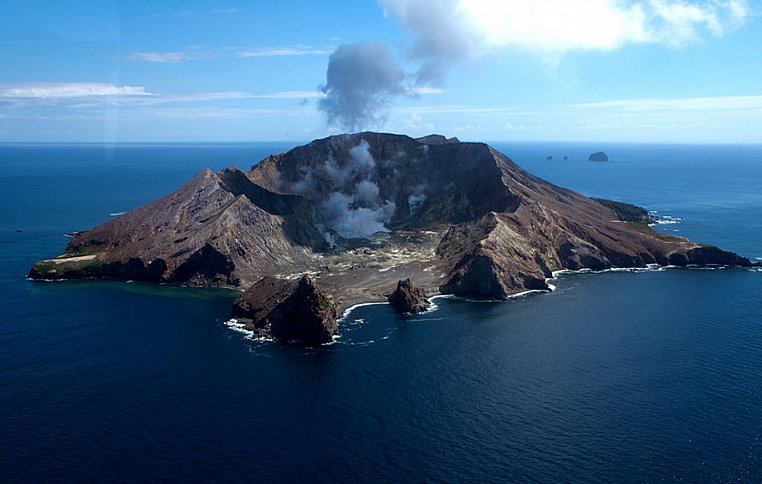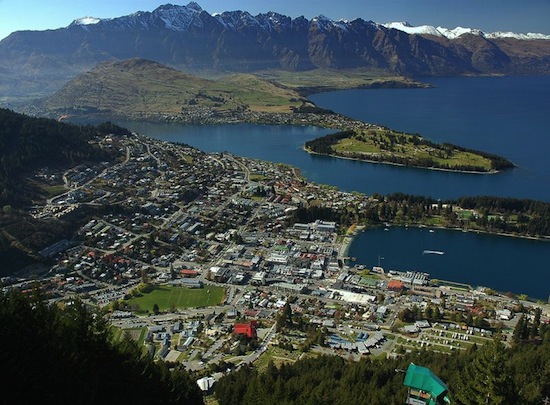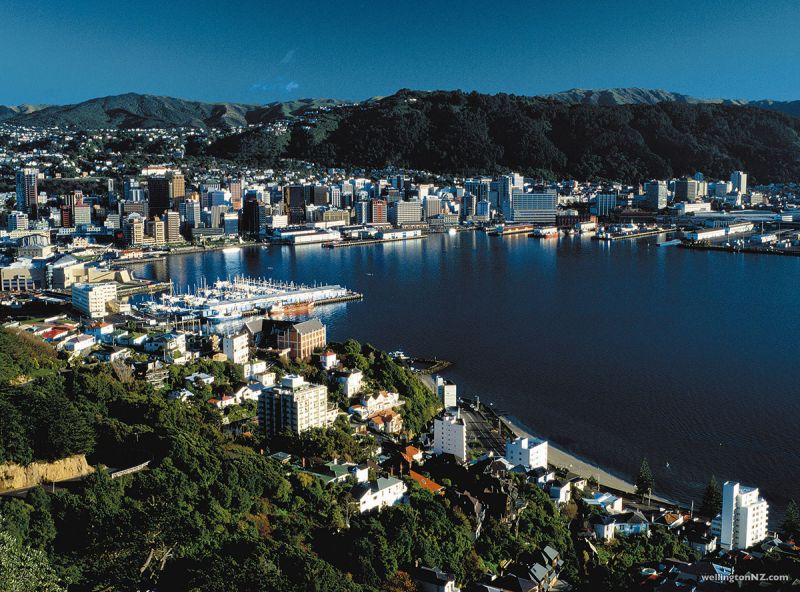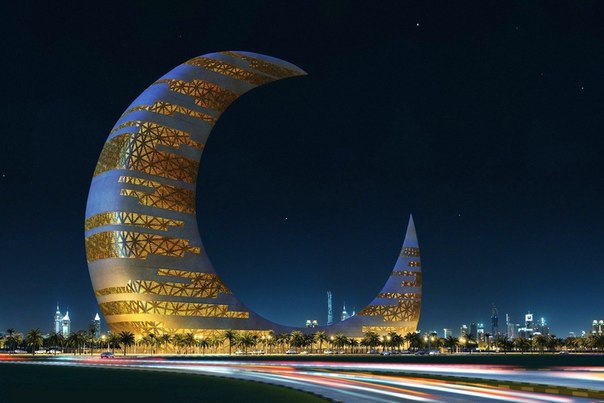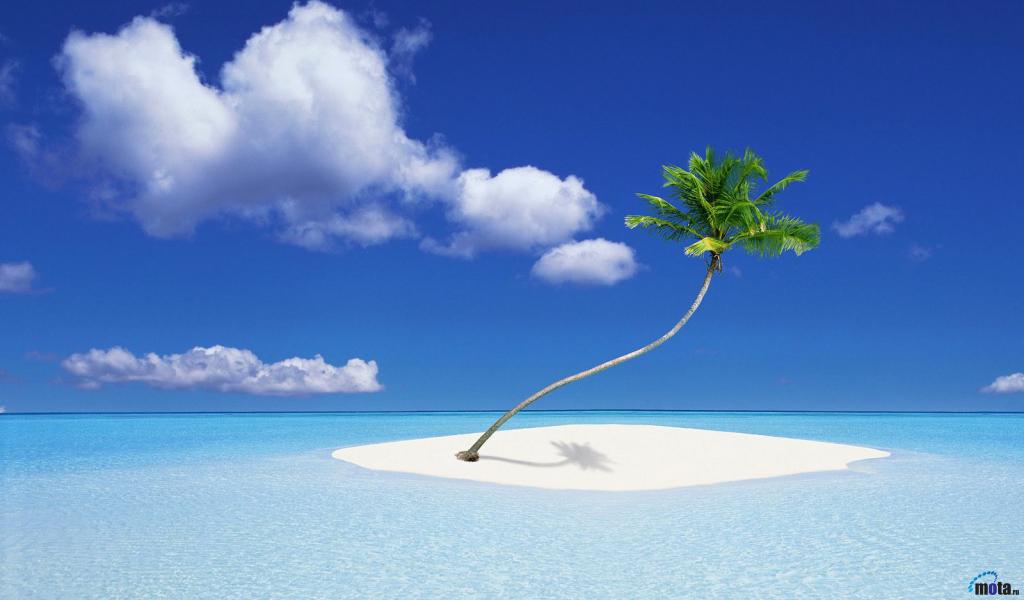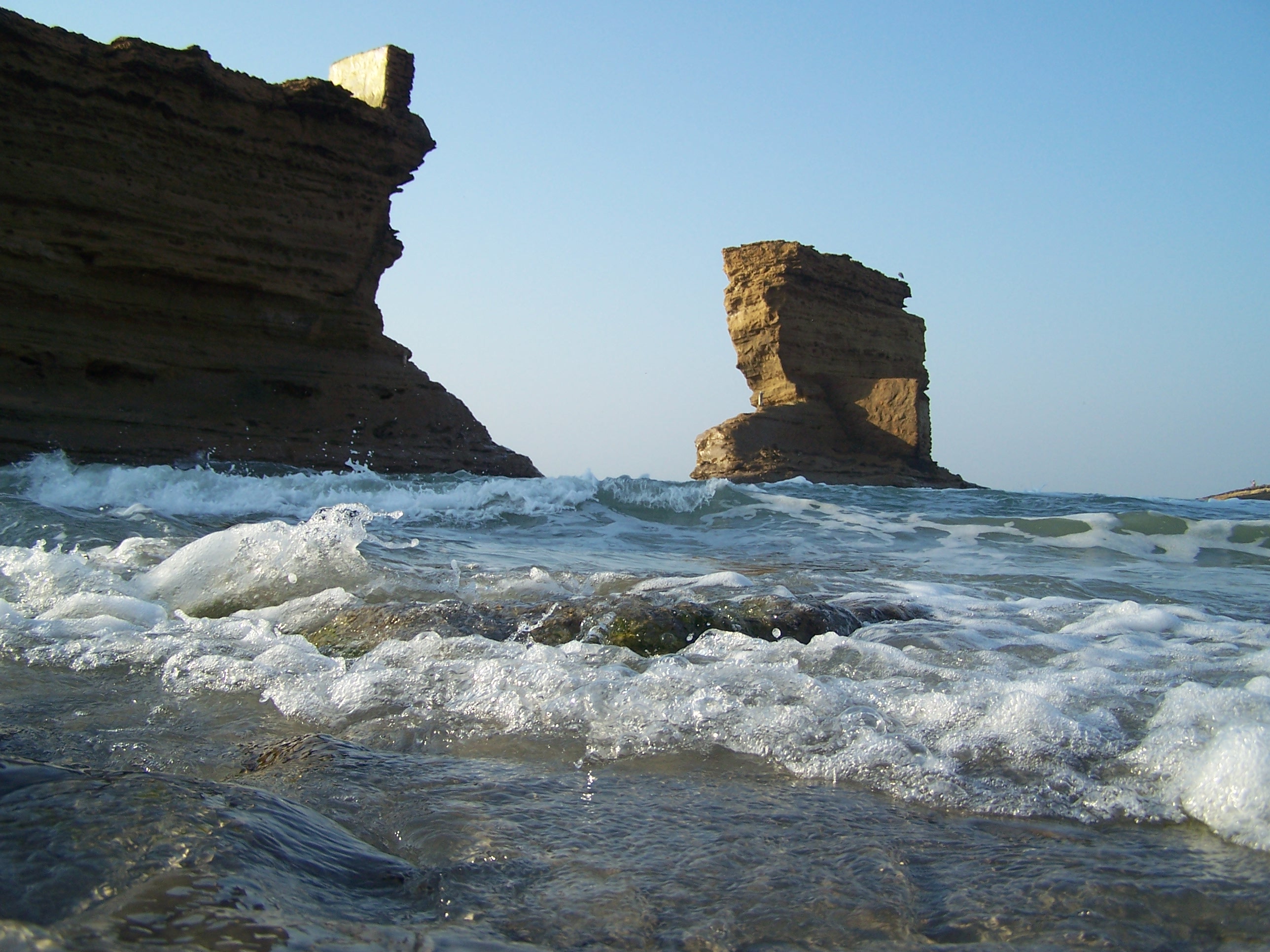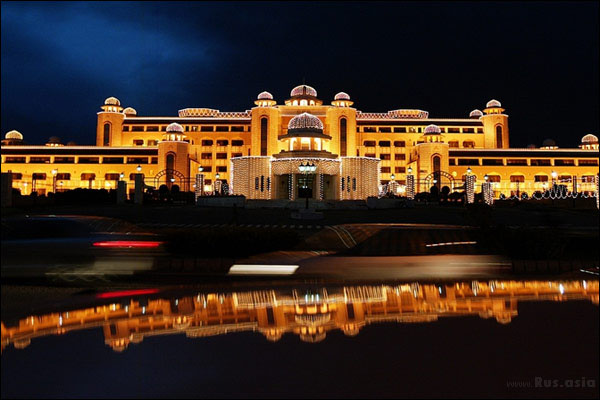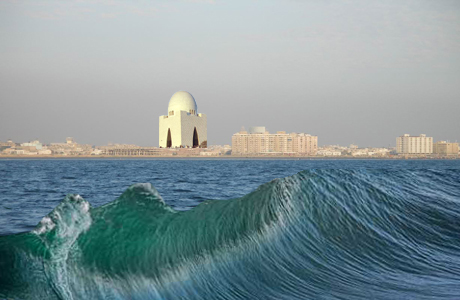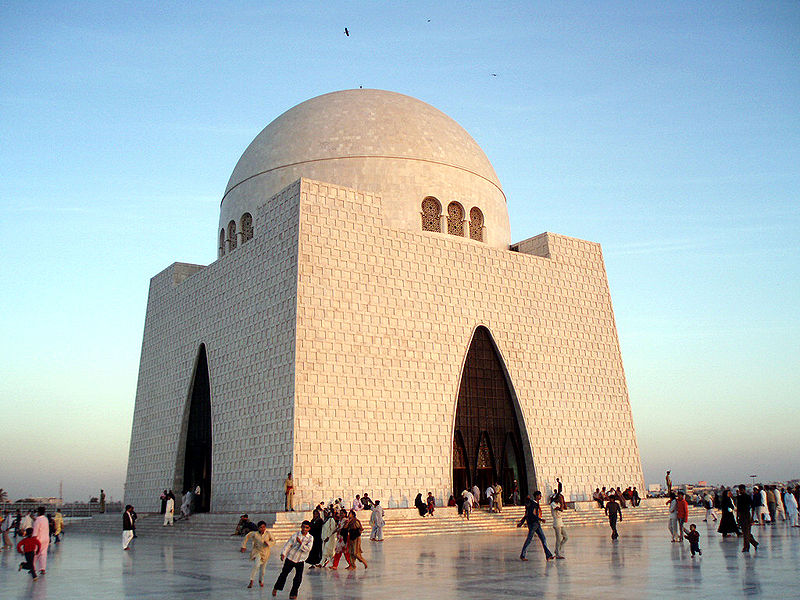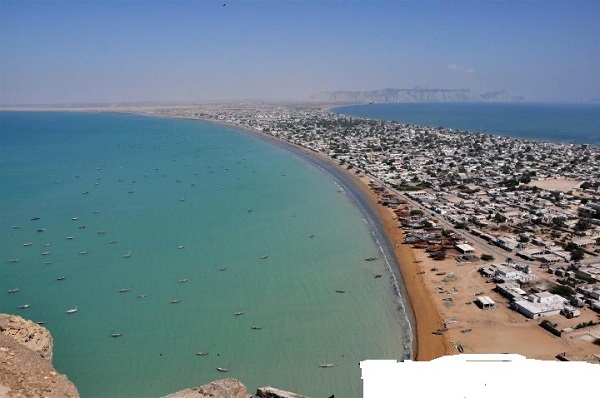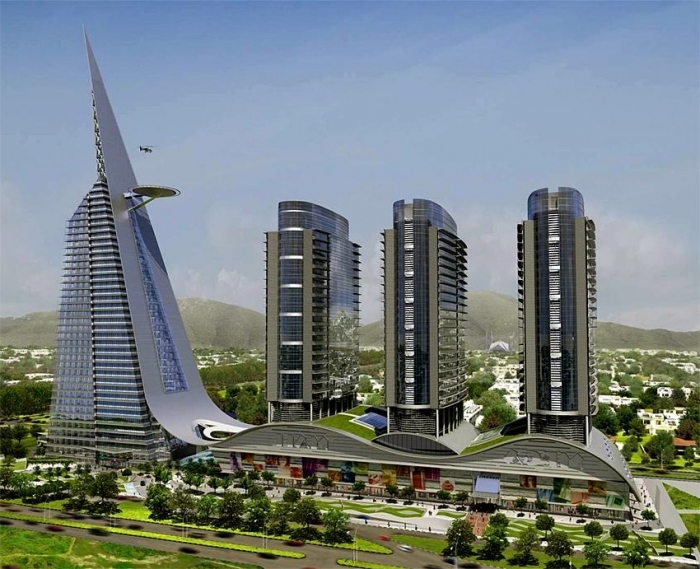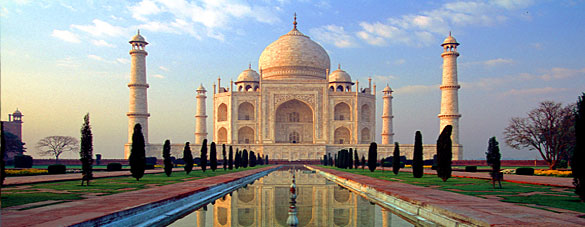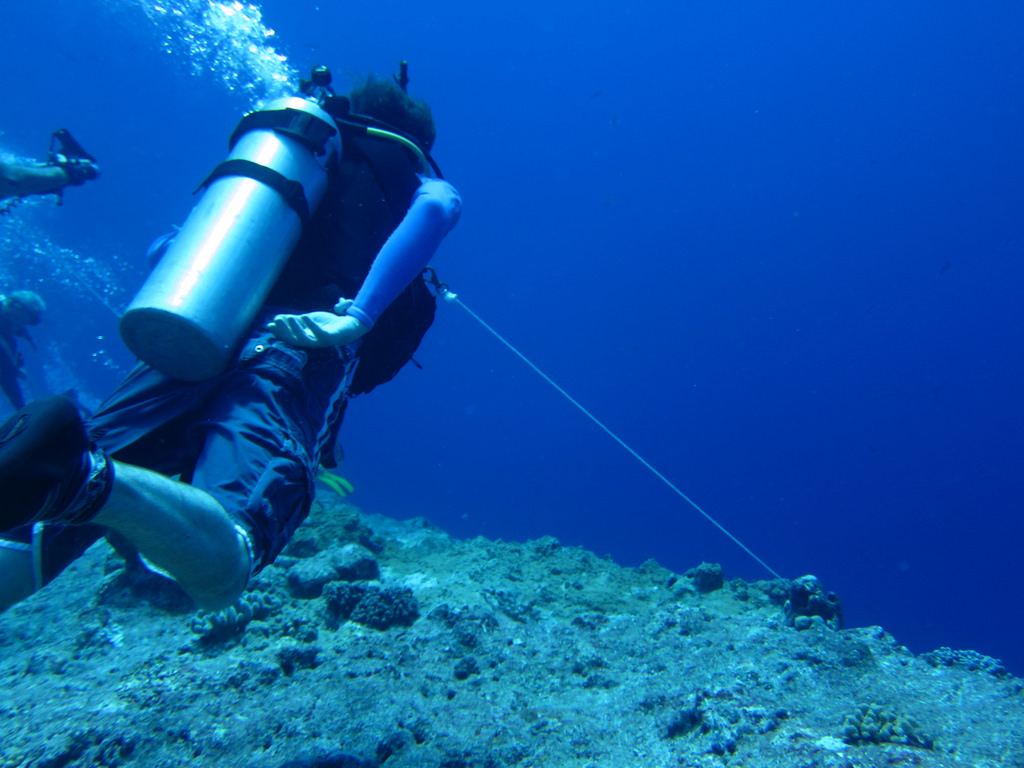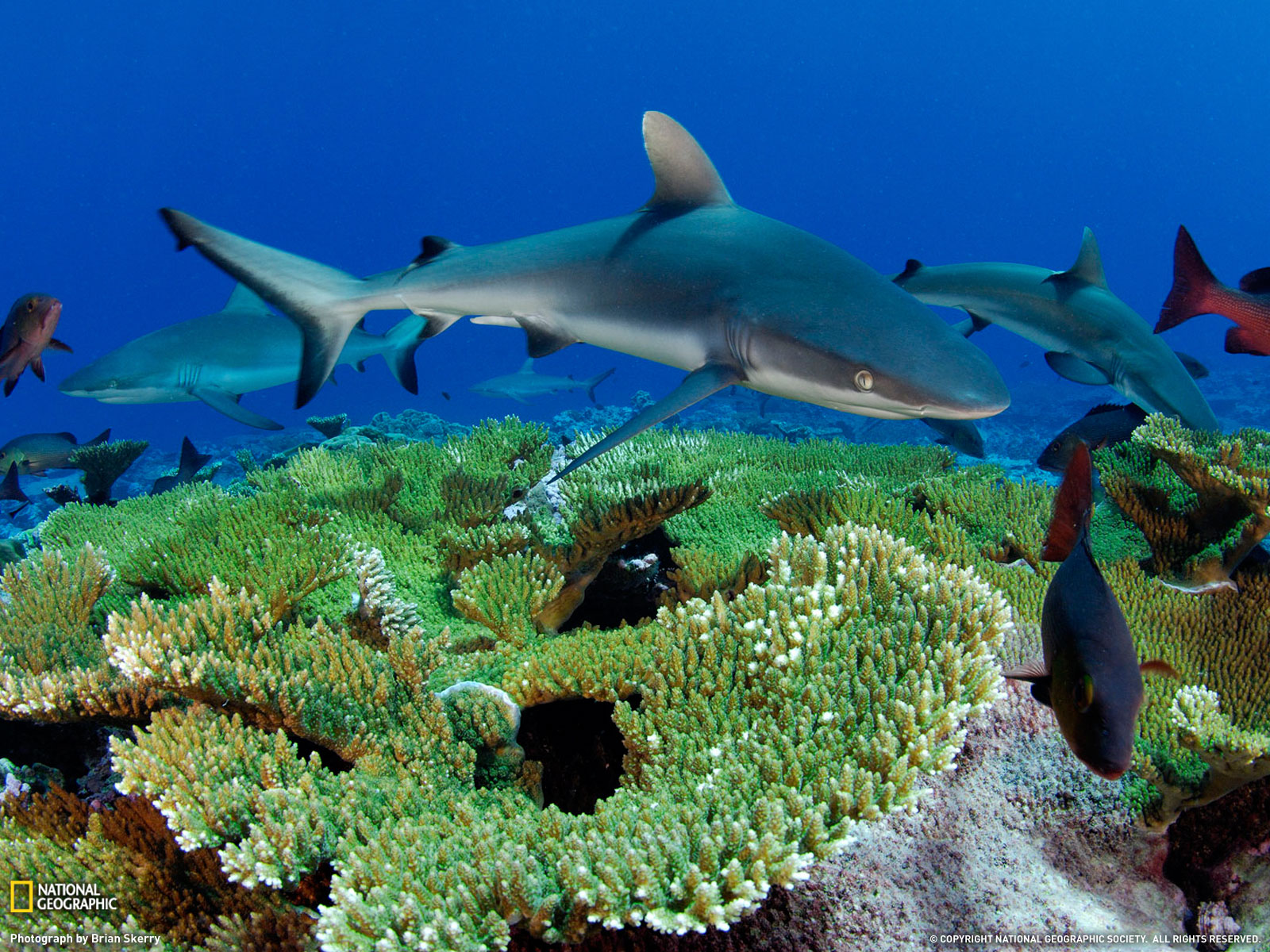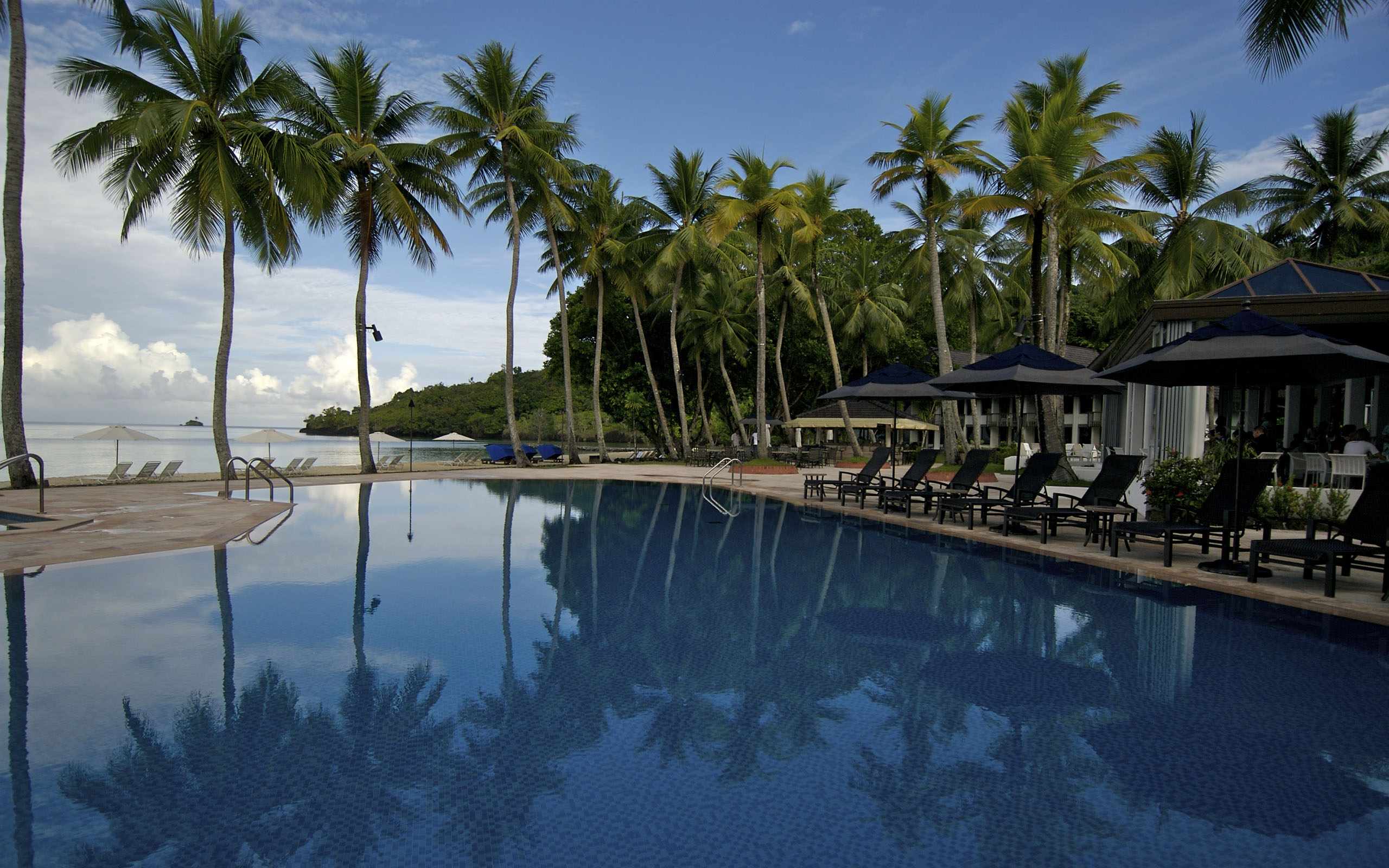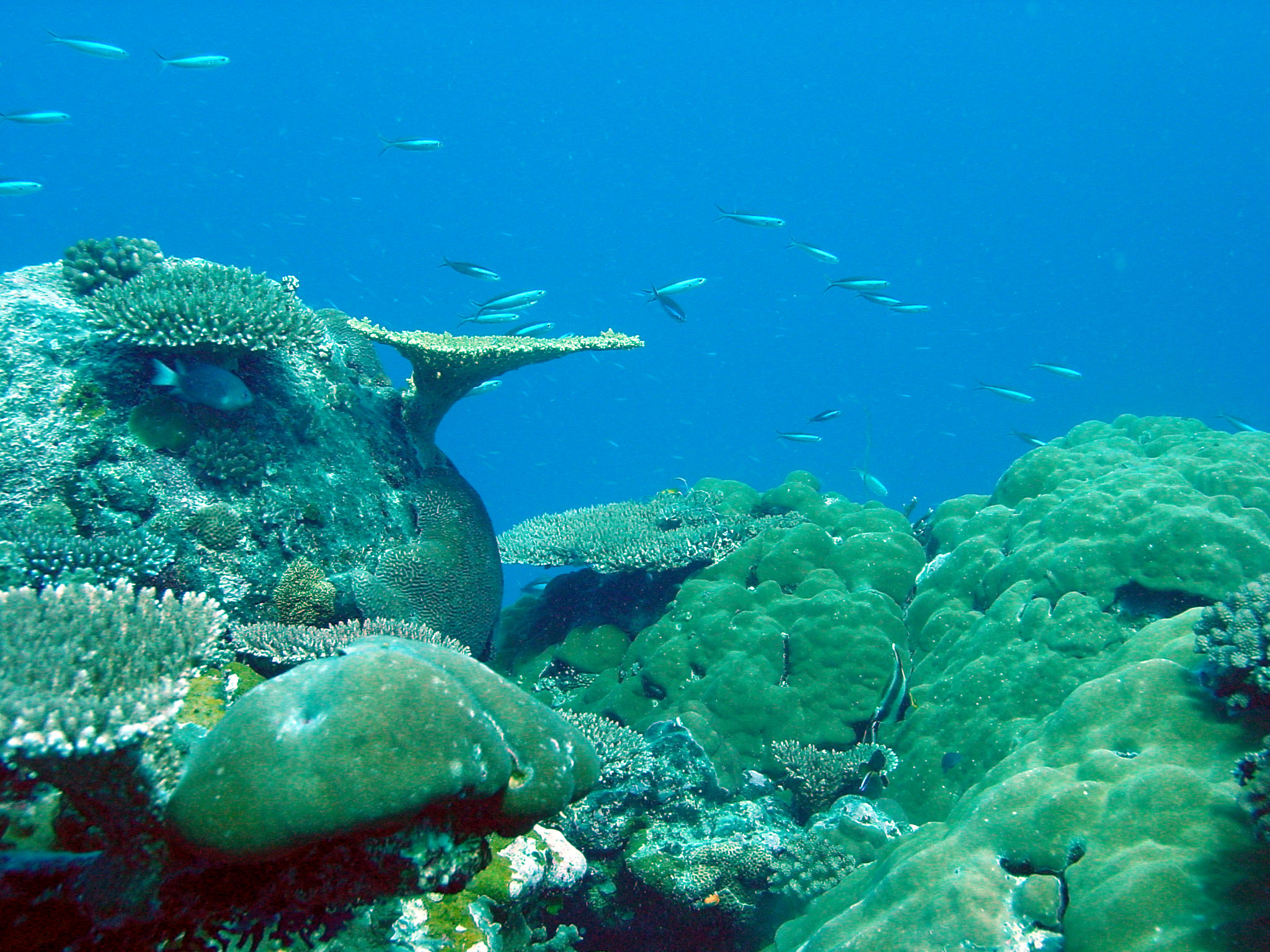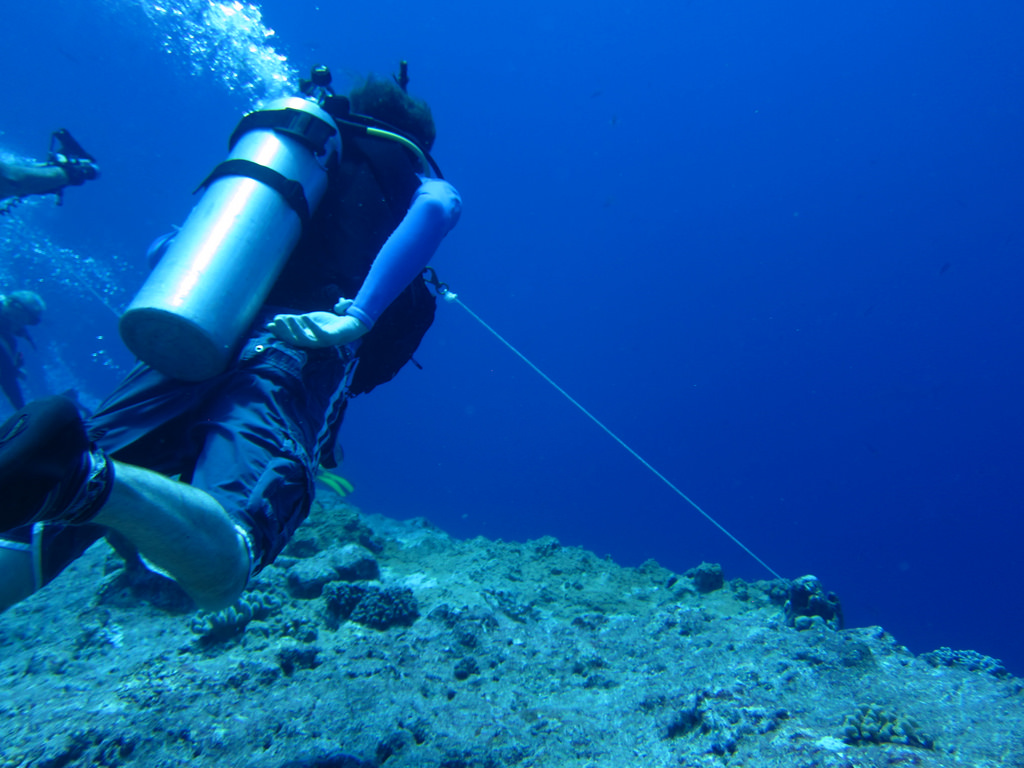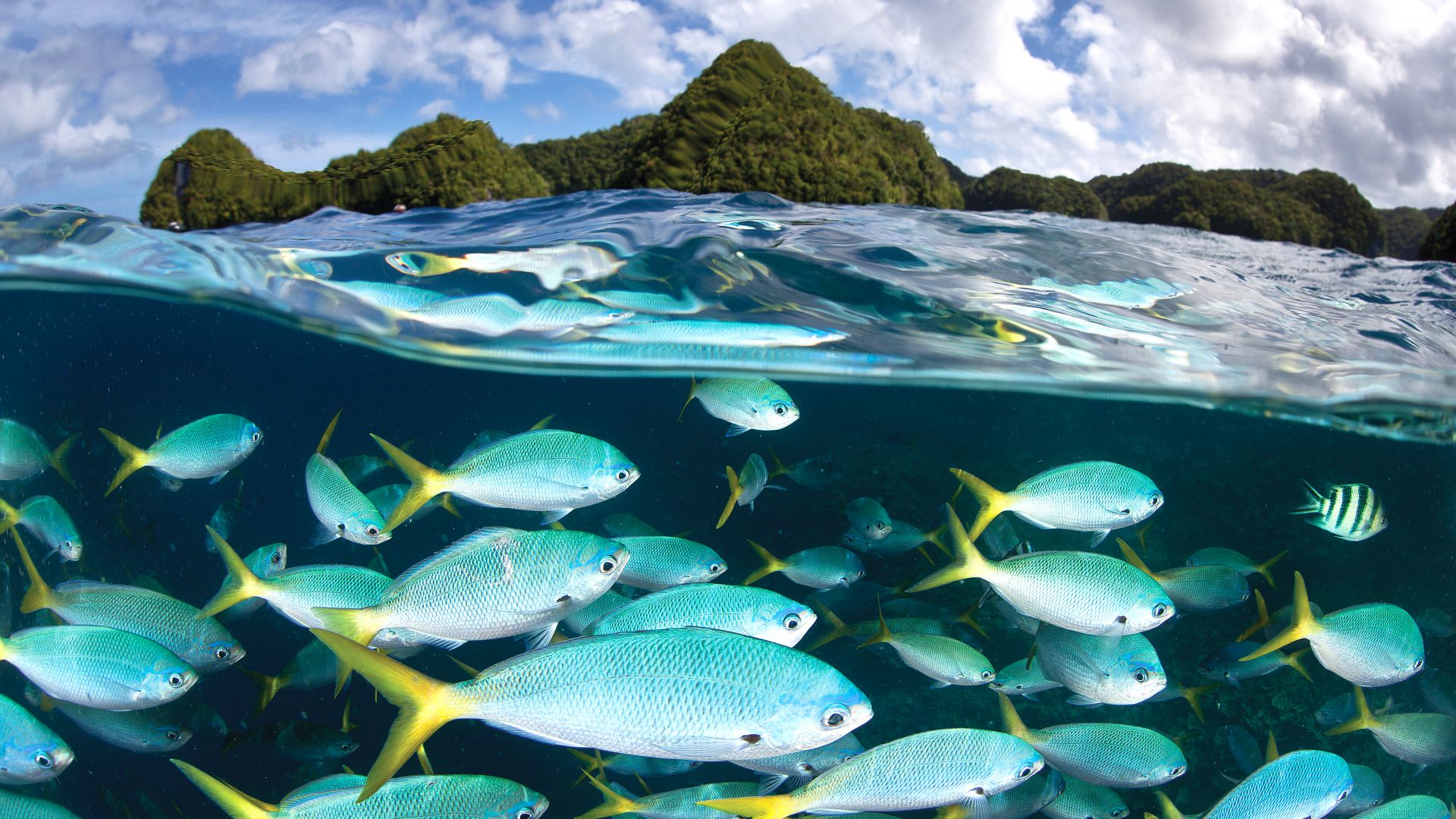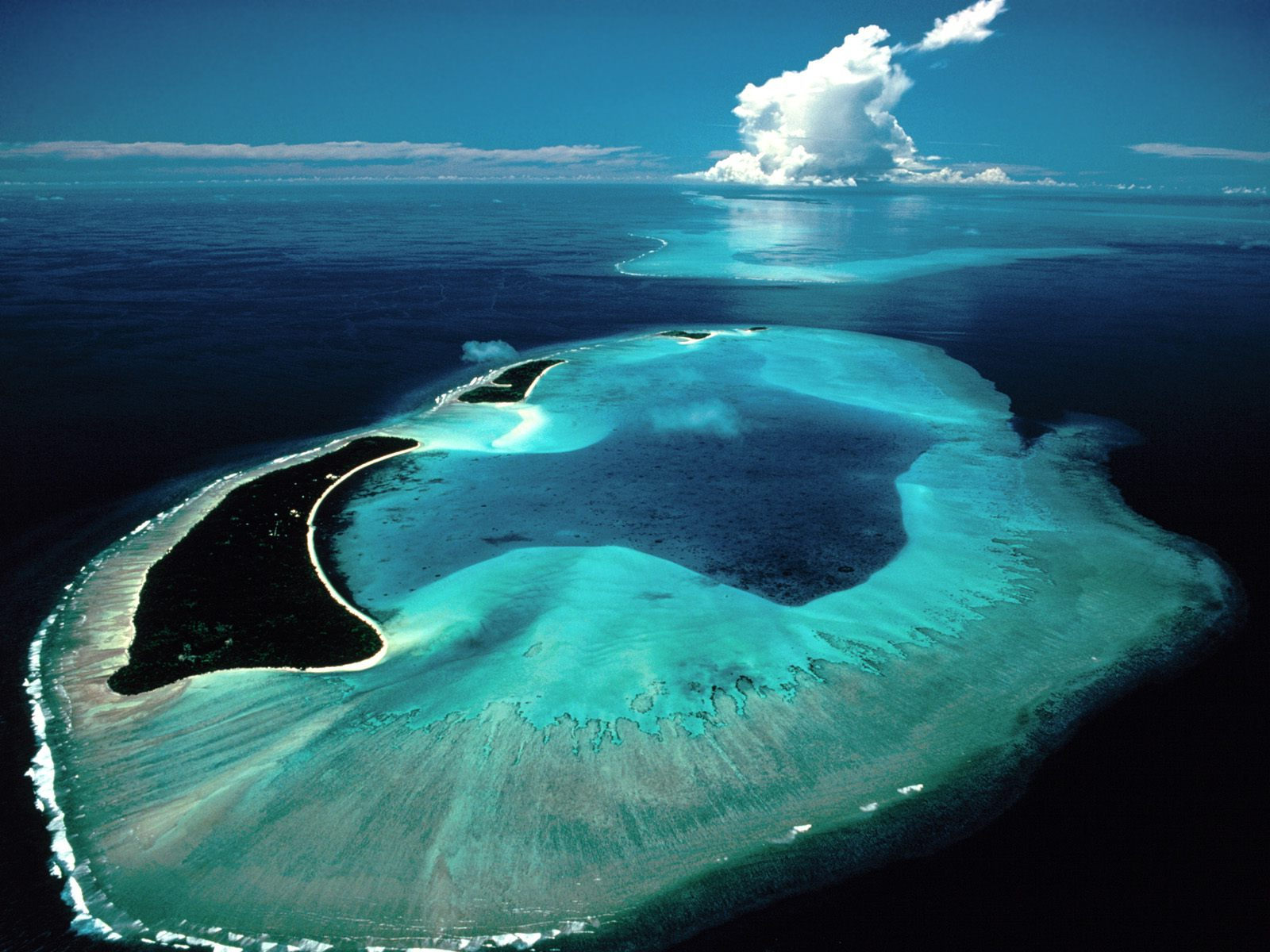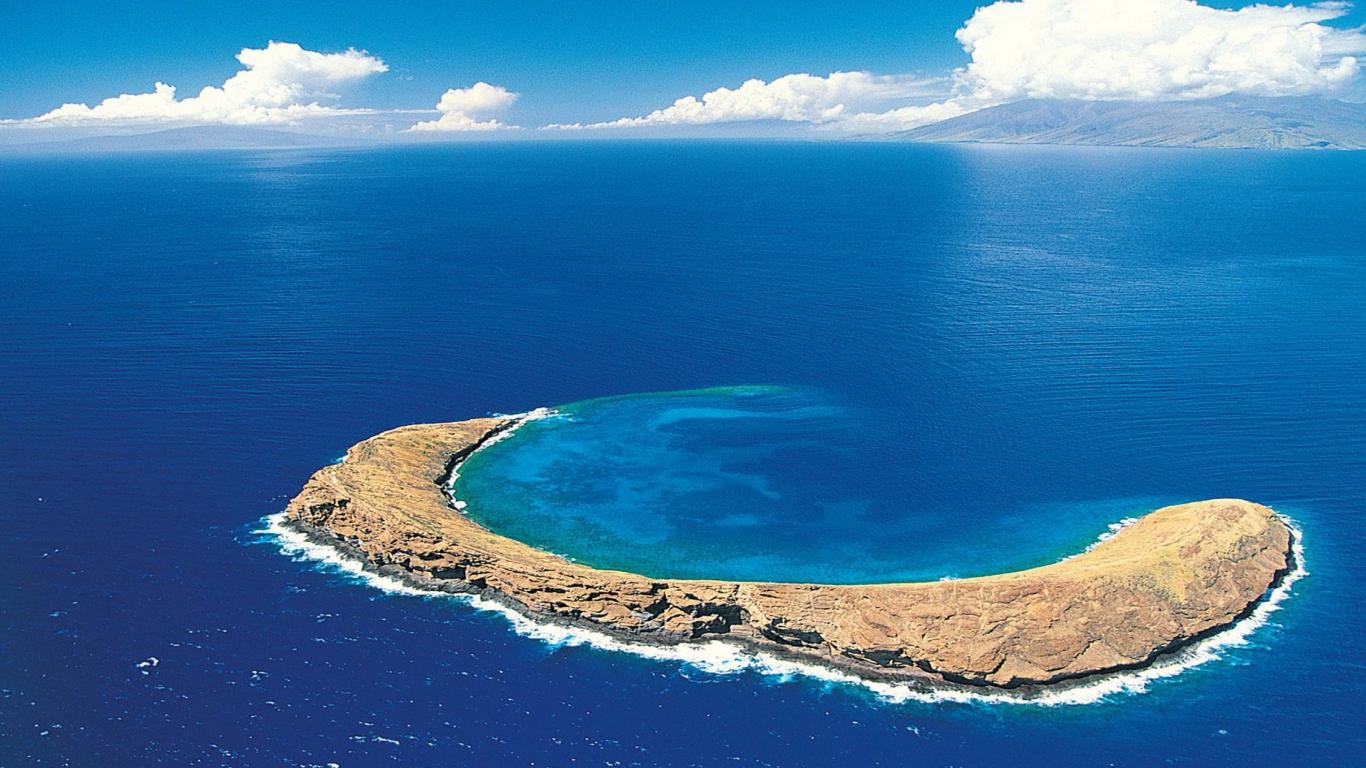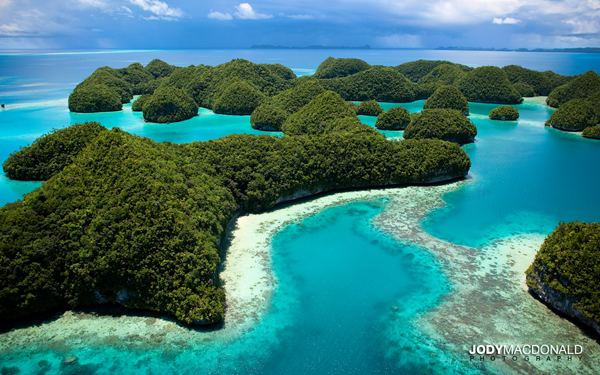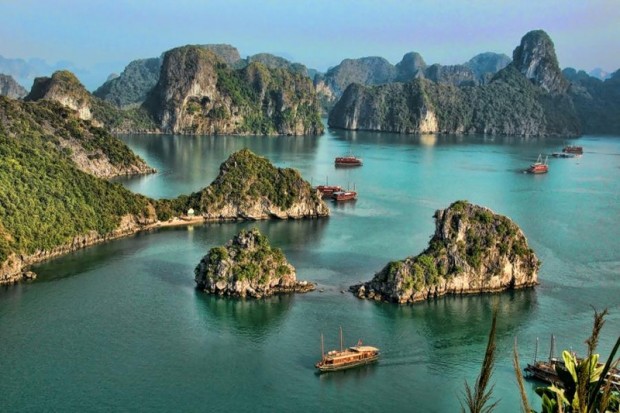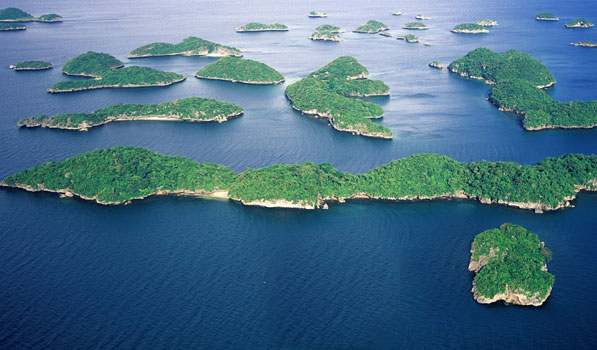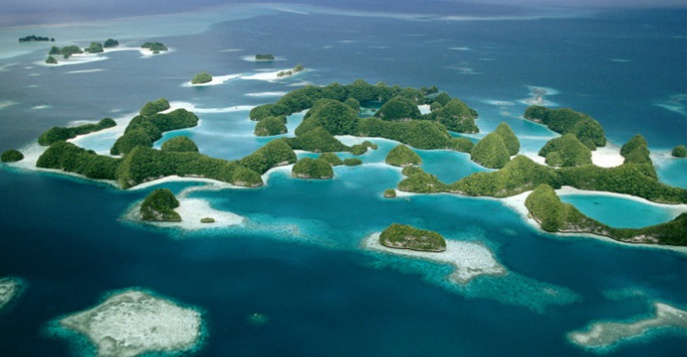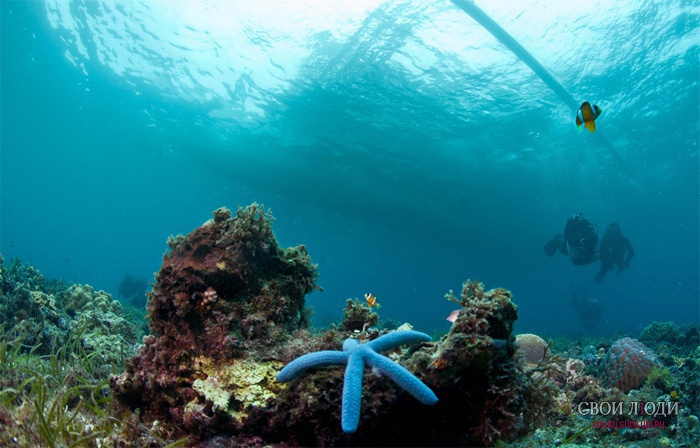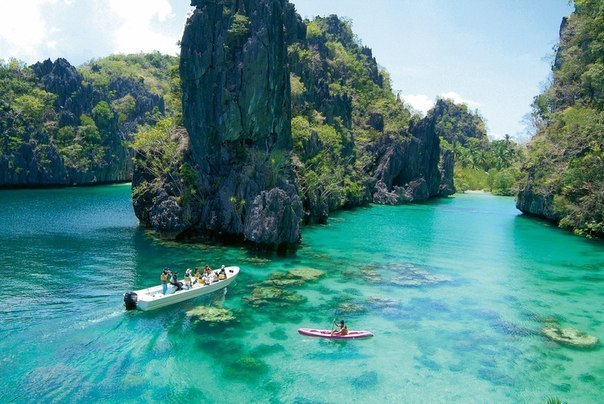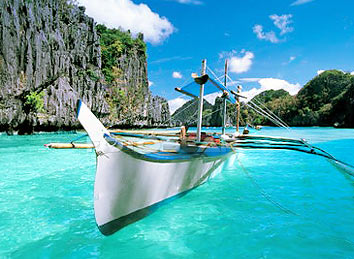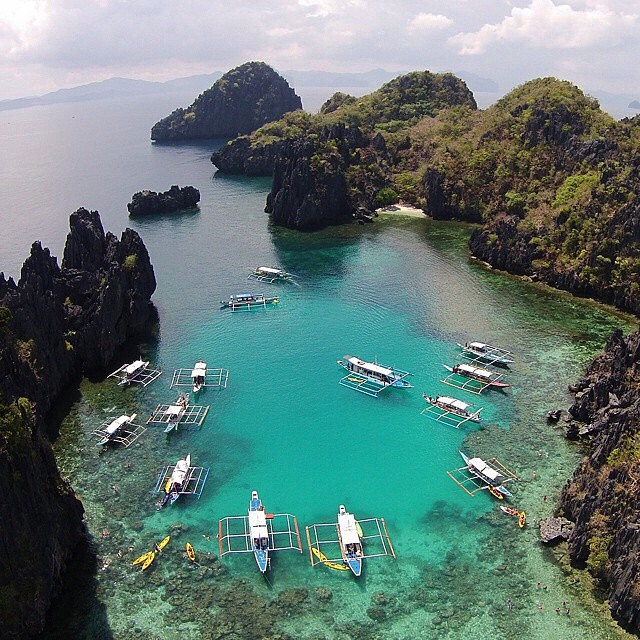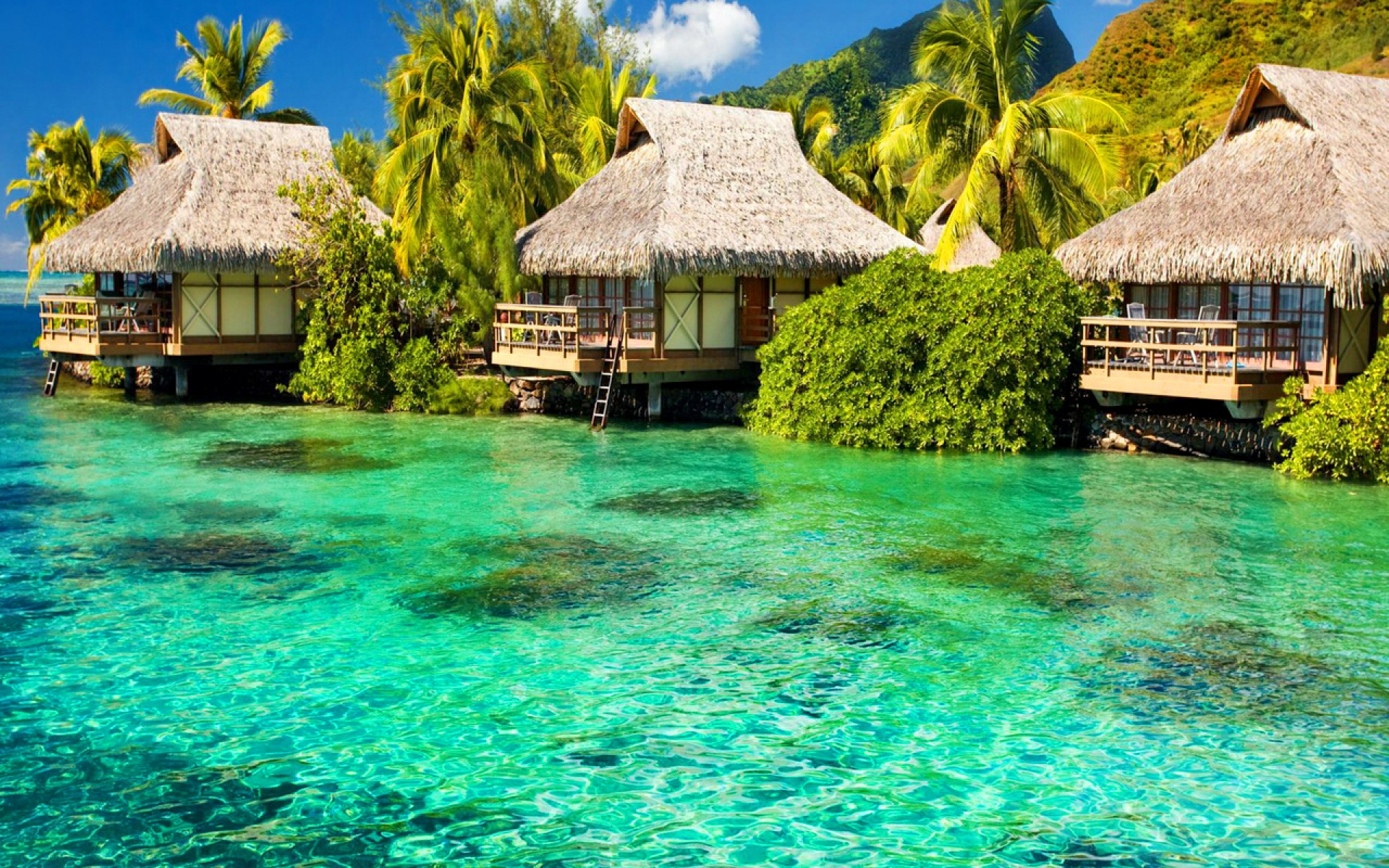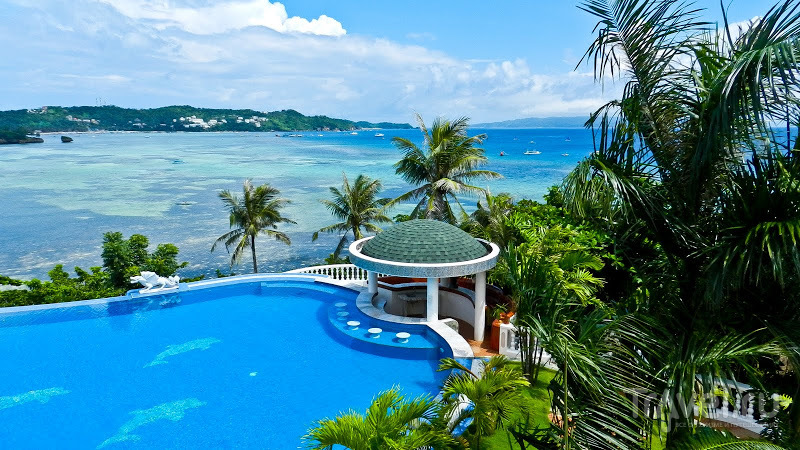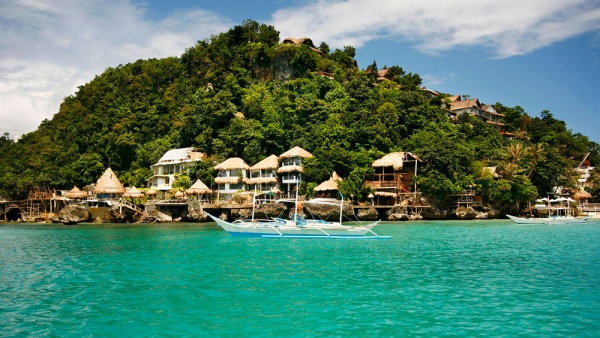Escape for the Weekend
Explore our collection of weekend
Korea, South
What to see in South Korea? Silla tombs; Changdeokgung Palace; Bulguksa Temple; Seoraksan National Park; vibrant Seoul; rocky landscapes of Taejongdae; an underwater Buddha statue off Pohang; Dong Hae and Gangneung.
South Korea, officially named the Republic of Korea, is a state in East Asia, located on the Korean Peninsula. It borders North Korea to the north, and has marine borders with Japan to the east and China to the west. The territory of the country comprises about 100 thousand square kilometers; the population is 51 million people. The capital of the country is Seoul. The official language is Korean.
The national currency is the South Korean won. Credit cards are accepted almost everywhere in major cities. ATMs are widely available, though not all of them accept foreign cards. Look for ATMs with a sign saying ‘Global’. Money can be exchanged at most banks.
Most of South Korea's terrain is covered with mountains; one third of territory – in the west and southeast – is occupied with lowlands. The climate is a humid continental and a humid subtropical. In the late summer there are typhoons with strong winds and heavy rains.
South Korea is one of the few unique countries where concrete and metal giants peacefully coexist with masterpieces of Korean architecture built in the Middle Ages; and the ancient culture is combined with amazingly beautiful nature that Koreans manage to keep virtually pristine.
Those who are fond of history should certainly visit impressive Silla tombs, keeping ancient treasures; the tranquil Changdeokgung Palace with Secret Garden, built in 1405; Haeinsa Temple, containing the most complete collection of Buddhist texts; the Seokguram Grotto, finished in 774, where you can see a 3.5-meter Buddha; and Bulguksa Temple, which is said to be South Korea's most important historical site, situated in a thousand-year-old Gyeongju, where you will find lots of other ancient sites, relics and ruins.
Nature lovers will be glad to see Seoraksan National Park, full of fancy rock formations, dense woodland, wildlife, hot springs, and the Silla-era temples; Jeju-do Island, where you will find amazing botanical gardens, lava caves, sandy beaches, and where you can learn about Korea’s traditional tea culture in the O’Sulloc Tea Museum.
Those who like bustling urban life will be captivated by Seoul, the city that never sleeps. Here you find good shopping, delicious food and ocean of entertainments. Moreover Seoul has five palace complexes, built in the Joseon Dynasty.
Being in South Korea do not miss the opportunity to stay in one of 40 temples and to try Buddhist monastic life for several days; to try makkeolli – a milky rice wine; to visit the 4km-wide demilitarized zone between South and North Korea; and to take part on Boryeong mud festival on the west coast of South Korea.
Airports
Incheon International Airport (IIA) (ICN) the largest airport in South Korea. It serves Seoul.
Jeju International Airport (CJU), situated in the city of Jeju.
Gimpo International Airport (GMP), located near Seoul.
Gimhae International Airport (PUS) situated near Busan.
Cheongju International Airport (CJJ), Cheongju.
Yangyang International Airport (YNY) serves Yangyang County.
Muan International Airport (MWX) located in Muan County.
Diving in South Korea
South Korea is a popular Asian dive destination. Most diving places are situated near the East and South coast of the country.
Off Busan, there is Taejongdae, where you will see interesting underwater rocky landscapes with many nooks and crannies, teeming with flat fish, sea cucumbers, sea horses, octopuses, crabs, and cuttlefish.
Off Pohang you will find Buddha Dive, a Buddha statue situated in a rock crack at a depth of 17 meters. The underwater world is remarkable for solid rock formations and abundant marine life.
Near Jeju Island there is Forest Island with bright corals and rich fauna, which includes squids, dolphins and nudibranches.
Off Mosquito Island, not far from Jeju Island, there are 3 different dive sites with lots of fish, soft corals and a vertical wall. The depth is 8-40 meters.
In Dong Hae and Gangneung you will be charmed by the pristine waters inhabited by plenty of fish species. The most popular dive sites here are Munam Beach, Young Jin, Bongpo Beach, Ingu Beach and Chuam Beach.
Nam Hae, situated in the south of the country, boasts numerous islands and isolated beaches as well as many various marine species including octopuses, wrasse and starfish.
Lebanon
Lebanon ( i/ˈlɛbənɒn/; Arabic: لبنان Libnān; Lebanese pronunciation: [lɪbˈnæːn]; French: Liban), officially known as the Lebanese Republic[nb 2] (Arabic: الجمهورية اللبنانية al-Jumhūrīyah al-Lubnānīyah; Lebanese pronunciation: [elˈʒʊmhuːɾɪjje l.ˈlɪbnæːnɪjje]), is a sovereign state in Western Asia. It is bordered by Syria to the north and east and Israel to the south, while Cyprus is west across the Mediterranean Sea. Lebanon's location at the crossroads of the Mediterranean Basin and the Arabian hinterland facilitated its rich history and shaped a cultural identity of religious and ethnic diversity.[9] At just 10,452 km2 (4,036 sq. mi.), it is the smallest recognized country on the entire mainland Asian continent.[nb 3][10][11]
i/ˈlɛbənɒn/; Arabic: لبنان Libnān; Lebanese pronunciation: [lɪbˈnæːn]; French: Liban), officially known as the Lebanese Republic[nb 2] (Arabic: الجمهورية اللبنانية al-Jumhūrīyah al-Lubnānīyah; Lebanese pronunciation: [elˈʒʊmhuːɾɪjje l.ˈlɪbnæːnɪjje]), is a sovereign state in Western Asia. It is bordered by Syria to the north and east and Israel to the south, while Cyprus is west across the Mediterranean Sea. Lebanon's location at the crossroads of the Mediterranean Basin and the Arabian hinterland facilitated its rich history and shaped a cultural identity of religious and ethnic diversity.[9] At just 10,452 km2 (4,036 sq. mi.), it is the smallest recognized country on the entire mainland Asian continent.[nb 3][10][11]
The earliest evidence of civilization in Lebanon dates back more than seven thousand years, predating recorded history.[12] Lebanon was the home of the Canaanites/Phoenicians and their kingdoms, a maritime culture that flourished for over a thousand years (c. 1550–539 BC). In 64 BC, the region came under the rule of the Roman Empire, and eventually became one of the Empire's leading centers of Christianity. In the Mount Lebanon range a monastic tradition known as the Maronite Church was established. As the Arab Muslims conquered the region, the Maronites held onto their religion and identity. However, a new religious group, the Druze, established themselves in Mount Lebanon as well, generating a religious divide that has lasted for centuries. During the Crusades, the Maronites re-established contact with the Roman Catholic Church and asserted their communion with Rome. The ties they established with the Latins have influenced the region into the modern era.
The region eventually was ruled by the Ottoman Empire from 1516 to 1918. Following the collapse of the empire after World War I, the five provinces that constitute modern Lebanon came under the French Mandate of Lebanon. The French expanded the borders of the Mount Lebanon Governorate, which was mostly populated by Maronites and Druze, to include more Muslims. Lebanon gained independence in 1943, establishing confessionalism, a unique, Consociationalism-type of political system with a power-sharing mechanism based on religious communities. Bechara El Khoury, President of Lebanon during the independence, Riad El-Solh, first Lebanese prime minister and Emir Majid Arslan II, first Lebanese minister of defence, are considered the founders of the modern Republic of Lebanon and are national heroes for having led the country's independence. Foreign troops withdrew completely from Lebanon on 31 December 1946.[13] Lebanon has been a member of the Organisation internationale de la francophonie since 1973.
Despite its small size,[14] the country has developed a well-known culture and has been highly influential in the Arab world. Before the Lebanese Civil War (1975–1990), the country experienced a period of relative calm and renowned prosperity, driven by tourism, agriculture, commerce, and banking.[15] Because of its financial power and diversity in its heyday, Lebanon was referred to as the "Switzerland of the East" during the 1960s,[16] and its capital, Beirut, attracted so many tourists that it was known as "the Paris of the Middle East".[17] At the end of the war, there were extensive efforts to revive the economy and rebuild national infrastructure.[18] In spite of these troubles, Lebanon has the highest Human Development Index and GDP per capita in the Arab world, to the exclusion of the oil-rich economies of the Persian Gulf.
(BEY) Beirut-Rafic Hariri International Airport
Calypso Dive Center which is in Mövenpick Hotel and Resort Beirut hotel (by the way, one of the best hotels in Beirut directly on the seashore).
Malaysia
What to see in Malaysia? Needle-like rocks of the Gunung Mulu National Park; the Sungai Kinabatangan; lakes and tea plantations of the Cameron Highlands; barracudas and sea turtles of Sipadan Island; shipwrecks of the Perhentian Islands; and Tunku Abdul Rahman Marine Park.
Malaysia is a state in Southeast Asia consisting of two parts separated by the South China Sea: West Malaysia (Peninsular Malaysia) occupies the southern tip of the Malay Peninsula and the adjacent islands, borders with Thailand to the north, also has maritime borders with Singapore and Indonesia; and East Malaysia (Malaysian Borneo) is situated in the northern part of the island of Borneo and the adjacent islands, is bordered by Brunei to the north and Indonesia in the south, has maritime borders with Philippines. The total area of the country is about 330 square kilometers; the population is over 30 million people. The capital of Malaysia is Kuala Lumpur. The official language is Malaysian.
The national currency is the Malaysian ringgit. Currency can be exchanged at the airport, banks, shopping malls, hotels and so on. D. The most favorable exchange rate is in private exchange offices. Major credit cards are widely accepted.
Malaysia’s terrain consists of coastal plains, changing into hills and mountains. The climate is equatorial with regular monsoons.
Malaysia is one of the most colorful and interesting places in Southeast Asia. It is a country that cherishes tradition of three ancient civilizations: Chinese, Indian and Malay. It is a unique place, where lots of different customs, cuisines and religions peacefully coexist together.
One of the best evidences of this fantastic mix is Melaka, in the past one of the biggest trading ports in Southeast Asia. In this city you will see the traces of Malay, Chinese, Indian and European cultures.
Bustling atmosphere and modern architecture are awaiting you in Kuala Lumpur, Kuching, Kota Kinabalu and Penang.
In Malaysia you will see one of the most breathtaking natural attractions – the Gunung Mulu National Park, whose fancy needle-like rocks and the world’s longest cave systems will impress even the most experienced tourists. Another chance to plunge into pristine nature is visiting Taman Negara, one of the oldest tropical rainforests in the world; or boating down the Sungai Kinabatangan through virgin jungles, where you can meet proboscis monkeys and orang-utans; or going to the Kinabalu National Park, where you can climb Mount Kinabalu (the highest mountain in Southeast Asia). Those who do not want to do far from civilization can take a trip in the Cameron Highlands, where you can enjoy outdoor recreation, decorated by colorful flower farms, lakes, tea plantations, forests, and charming landscapes.
Do not forget to relax on the serene beaches of the Langkawi Archipelago; to do shopping in Kuala Lumpur; to try unspeakably delicious local food and to buy some of traditional craft-works in order to bring home a small part of this wonderful country.
Airports
Kuala Lumpur International Airport (KLIA) (KUL), one of the major airports of South East Asia and the main international airport in Malaysia, located 45 kilometers from Kuala Lumpur.
Senai International Airport (JHB) located in Senai, near Johor Bahru.
Penang International Airport (PEN)
Langkawi International Airport (LGK)
Malacca International Airport (MKZ)
Kota Kinabalu International Airport (KKIA) (BKI) serves Kota Kinabalu, the state capital of Sabah
Kuching International Airport (KCH)
Diving in Malaysia
In crystal clear waters of Malaysia, off its numerous beautiful islands you will undoubtedly find a lot of interesting. This country is considered to be one of the world's top dive destinations.
Off Sipadan Island you can take up wall diving and enjoy interesting coral overhangs. The underwater world here is incredibly rich and consists of about 3 thousand species. The most famous dive site here is Barracuda Point, where you can dive with barracudas and sea turtles. The depth is about 15-24m.
In the waters of the nearby Mabul Island you can meet mandarinfish, nudibranchs, Devil scorpionfish, seahorses, ghost pipefish, snake eels, stonefish, mantis shrimps, frogfish, and crocodilefish.
Kapalai Island has about 20 dive sites and is suitable for beginning divers.
21 kilometers from Malaysian peninsula there are the Perhentian Islands, where you will find plenty of fringing reefs, pinnacles, and interesting shipwrecks.
The Redang Archipelago attracts by stunning coral gardens, sea turtles and various tropical fish.
Tioman Island is an ideal place to learn diving. Fancy underwater landscape and deep water make it interesting for experienced divers too.
And do not forget about Tunku Abdul Rahman Marine Park, where you will find lots of wonderful dive sites with abundant marine flora.
Maldives
What to see in Maldives? Whale sharks of atolls Ari, Gaafu and Thaa; a barrier reef of Vaavu Atoll; reef sharks and stingrays of Lhaviyani Atoll; grey sharks, white-tip sharks of South Male Atoll.
The Maldives, officially the Republic of Maldives is a country in South Asia, located on a group of atolls in the Indian Ocean. The total area of the Maldives is 298 square kilometers; the population is about 394 thousand people. The capital of the country is Male. The official language is Maldivian.
The Maldives is lying on 26 atolls, consisting of 1,192 coral islands. It is the lowest country in the world (the average ground levels is 1.5m above sea level). The climate is tropical-monsoon.
The national currency is the Maldivian rufiyaa. US dollars and credit cards are widely accepted. Some resorts also take euros and other currencies, so it is better to clarify in advance. Banks and ATMs can be found on the larger islands.
This paradise archipelago is an ideal place for honeymoon, and couples from all over the world choose to spend the sweetest time of their life in the wonderful world of turquoise waters of the Indian Ocean, stunning sunsets and luxurious nature.
Not only newlyweds can enjoy the Maldives – millions of tourists come here to relax on deserted beaches; to enjoy traditional healing methods in numerous spas; to take gorgeous photos from a seaplane; to go night fishing with Maldivian fishermen; to buy something of the amazing local crafts; and to try delicious local fish and seafood.
The Maldives has more water than land – no wonder that water sports are extremely popular here. You can swim for recreation, play water-polo, and go parasailing, kayaking, jet-surfing or kite surfing, water-skiing, snorkeling and, of course, diving.
Airports
Gan International Airport (GAN) situated on Gan Island in Addu Atoll.
Hanimaadhoo International Airport (HAQ) located on Hanimaadhoo Island in Haa Dhaalu Atoll.
Ibrahim Nasir International Airport (MLE), located on Hulhulé Island in the North Malé Atoll.
Villa International Airport Maamigili (VAM), situated on the island of Maamigili, Alif Dhaal Atoll.
Diving in the Maldives
The Maldives appeared as a part of a large volcanic mountain range about 65 million years ago. Then the volcanoes slowly submerged, covered with corals and turned into atolls. Inside most of these atolls you will find very interesting coral formations and abundant marine life.
Those who want to dive with whale sharks, mantas and hammerheads should visit Ari Atoll, Gaafu and Thaa atolls.
In Vaavu Atoll you will find a 50 km long barrier reef – the longest in the Maldives – caves, overhangs and deep channels called Kandus through which strong currents run.
Off Lhaviyani Atoll you can watch reef sharks, stingrays, eagle rays, tunas, mantas and barracudas.
In Kandooma Thila, situated in South Male Atoll you will find dramatic scenery with lots of soft corals and abundant fish life, including grey sharks, white-tip sharks and eagle rays.
The average water visibility is about 30 meters; the water temperature is 26-30 degrees Celsius.
Mauritius
What to see in Mauritius? Tea plantations; Coloured Earth of Chamarel; paradise beaches; the Great Basin; the Cathedral cave; wrecks of the Tug II, the Kei Sei 113 and Hoi Siong; Peter Holt's Rock; and Stenopus Reef.
Mauritius, the official name is the Republic of Mauritius, is an island nation in the Indian Ocean around 2 thousand kilometers from the southeast coast of Africa. The Republic is situated on Mauritius, Rodrigues, the Agalega Islands, and the Saint Brandon Archipelago. The total area of the country comprises about 2 thousand square kilometers. The population is about 1.3 million people. The capital of Mauritius is the city of Port Louis. There is no official language, although most people speak English, French, Creole and Hindi.
The climate of the country is tropical with two distinct seasons: a warm summer (from November to April) and a cool winter (from June to September).
The national currency is the Mauritian rupee. You can exchange money at exchange bureaus and banks, or withdraw rupees from you credit card in ATM, which are plentiful in Mauritius. Credit cards are widely accepted.
Msuritius has been a very attractive place for many centuries. Its history keeps traces of the Portuguese, Dutch, French and English. It is hard to say now what the ethnic origin of Mauritians is - European, Asian or African.
Beside the turbulent historical past of Mauritius, its natural wonders also attract many tourists from all over the world. The country is a great place for diving and snorkeling and its nature reserves are home to lions, turtles, monkeys and crocodiles. You will find here lush jungles, vast plains, gorgeous waterfalls and picturesque vanilla and sugar plantations.
The emerald-green tea plantations with rhythmically working tea-pickers and vast sugarcane fields of Mauritius, where it is easy to get lost, is a truly relaxing and serene view, which you should not miss. Do not forget to try a glass of fresh sugarcane juice, sweet as nectar.
In Mauritius you can see the stunning Coloured Earth of Chamarel, where purple, yellow, orange, and red colors of soil are fancily mixed, creating a natural work of art.
Special attention should be paid to the paradise beaches of Mauritius, where you can take up snorkeling, deep-sea fishing, deep-sea diving, parasailing, scuba diving and kite-surfing. The most popular ones are the Belle Mare Beach, the La Cuvette beach and Le Morne.
The capital of the country features amazing mix of mosques, churches, Chinese and Indian temples. In the Blue Penny Museum you can see the first colonial stamp in the world, and the Natural History Museum exhibits the skeleton of an ancient dodo.
Nature lovers will like Casela Nature Park, where you can see lots of exotic animals and plants; the Great Basin, a picturesque lake within an extinct volcano crater; Sir Seewoosagur Botanic Garden, boasting about 650 plant species, although it will take you a week to see them all; and the Crocodile & Giant Tortoises Park, where you can see lots of plants, animals and reptiles, including Nile crocodiles and giant tortoises.
In the south-western part of Mauritius there is the Rhumerie de Chamarel Distillery, where you can see how rum is being created and taste it.
Airports
Sir Seewoosagur Ramgoolam International Airport (MRU), the main international airport of the republic. It is situated 48 kilometers from Port Louis.
Diving in Mauritius
The underwater world of Mauritius is full of wonders: here you will find coral reefs, old ship wrecks, bright marine flora and fauna, and crystal clear water.
Most dive sites are situated near the west and north coast of Mauritius, as diving off the south and the east coast can be dangerous due to strong currents and trade winds.
Connoisseurs of cave diving will like the Cathedral, a beautiful big cave with cavities and arches where you can enjoy fancy light reflections.
In the marine parks of Blue Bay and Balaclava you will find plenty of interesting marine critters and abundant underwater flora.
In the bays of Tamarin and Black River it is possible to meet dolphins.
The waters of Mauritius keep several interesting wrecks: at Flic-en-Flac you will find the Tug II and the Kei Sei 113, off the coast of Ile aux Bénitiers there is the recently sunk Hoi Siong. Other wrecks are located deeper: the St. Gabriel (41m), the Orient (47m) and the Carp (72m).
Off the northern coast of the island you can dive near Peter Holt's Rock, where you can meet moray eels and big triggerfishes. Stenopus Reef is famous for giant gorgonians and various corals including the 2-meter high green tree coral. There are also shipwrecks: the Hassen Mian (located in Balaclava), the Stella Maru (a Japanese trawler sunk in 1987 and lying in Trou aux Biches) and the Silver Star, sunk in 1990 and located at a depth of 20-40m.
Myanmar
Bagan and Mandalay; fantastic landscapes of the Irrawaddy River; leg-rowers of Inle Lake; vineyards in the Shan hills; sharks and corals of the Mergui Archipelago.
Myanmar, the complete official name is the Republic of the Union of Myanmar, also known as Burma, is a country in Southeast Asia, located in the western part of the Indochinese Peninsula. The country borders with Bangladesh, India, China, Laos and Thailand. To the southwest and the south Burma has nearly 2 thousand kilometers of contiguous coastline along the Bay of Bengal and Andaman Sea. The population is 51 million people; the total area is about 679 square kilometers. The official language is Burmese.
Burma has a tropical monsoon climate with wet period from May to late October. The terrain of the country consists of central lowlands, surrounded by rugged highlands.
The national currency is the Burmese kyat. US dollars are also widely used. It is recommended to bring all the money one plans to use into the country in cash, and to use the credit card as a backup as there are rather few ATMs. The best places to exchange currency are at the airport, at the banks and at the exchange counters.
The name of this wonderful country with rich history is translated as “the Valley of golden pagodas”. In addition to friendly local people and palatable cuisine, Myanmar is proud of its culture, ancient buildings and lush green jungles, which are fraught with mysteries of Southeast Asia.
The most popular tourist destinations in Burma are Yangon, Bagan and Mandalay. In the vicinity of Prome there are the remains of ancient temples, medieval walls, fragments of pagodas, including the golden Shwedagon Pagoda. Only Yangon has more than eighty pagodas.
In Bagan there are more than five thousand perfectly preserved temples, stupas, pagodas – the evidence of its grandeur. In Mandalay you can also see many interesting old buildings, including Pagoda Tanbodhay, having the largest number of Buddha images (582,357).
The pagodas and temples are so stunning and so numerous in Burma that to see all of them you will need all your life.
After seeing the pearls of colonial architecture and joining to amazing Buddhist culture, you may want to be absorbed in the nature of Burma.
Take a multi-day trip on the Irrawaddy River, enjoy fantastic landscapes and relax listening the whisper of the waves; go hiking through Northern Myanmar to see the rural life of local people; watch a sunrise from a balloon above the temple plain in Bagan; go to Inle Lake to see famous leg-rowers; visit the vineyards in the Shan hills and taste the local wines; and bask in the sun on the tranquil beaches of Ngapali.
Airports
Mandalay International Airport (MDL), located 35 kilometers from Mandalay.
Yangon International Airport (RGN), the primary international airport of Burma.
Naypyidaw International Airport, (NYT), situated 16 kilometers from Naypyidaw, the capital of Burma.
Diving in Myanmar
One of the most popular diving places in Myanmar is the Mergui Archipelago, where you can find crystal-clear water, secluded islands and rich marine life, including barracudas, grey reef and white tip sharks, dogtooth tuna, whale shark, batfish, unicorn fish, manta rays and trevallies.
The best dive sites are Black Rock, covered with anemones and soft corals and teeming with manta rays and eagle rays; the Burma Banks, where you will surely meet sharks; Cockscomb Island with interesting openings in its limestone rock; Little Torres Islands with lots of various corals; Shark Cave with a 20-meter-long tunnel and walls and ceiling covered with bright sponges.
The diving season in Burma lasts from October to May. The water temperature is 26-30 degrees Celsius; the visibility is up to 50 meters.
New Zealand
What to see in New Zealand? The Taupo and the Hauroko lakes; White Island volcano; underwater beauties of the Three Kings Islands; Fiordland; the Poor Knights Islands.
New Zealand really is a good distance off. One can say it is situated “at the world's end”! The inhabitants of the island seem to be perfectly indifferent to such troubles as wars and diseases, moreover the New Zealanders know about them only from hearsay. The major part of the country is made up of two islands (North Island and South Island), divided by the Cook Strait. Their western coast is washed by the Tasman Sea, whereas all the other coasts of New Zealand are washed by the Pacific Ocean. Beside two main islands New Zealand consists of about 700 islands of far lesser area, most of which are uninhabited. The largest of them are Stewart Island, the Antipodes, Auckland Island, the Bounty Islands, Campbell Island, the Chatham Islands and the Kermadec Islands. Because of often earthquakes New Zealand is called “the Quaky isles”. No wonder – there are more than 400 of them every year! People are incredibly open and friendly here, they are sociable and not afraid of getting into a car to a stranger, so you can safely hitchhike without spending a single cent. But you should pay great attention to the driver – the minimum driving age in New Zealand is 15. Breathtaking sceneries shown in the film “The Lord of the rings” will amaze you to the bottom of your heart. No other country in the world can boast of such national parks as New Zealand. By the way, they occupy a third of the territory of the country. The capital of New Zealand is Wellington, but 1,5 of 4,5 million people live in Oakland. The national currency is New Zealand dollar or kiwi dollar (NZD).
The country is situated between the equator and the South Pole, so the underwater world of New Zealand – inimitable in its beauty -- is meant for diving. Crinoids on coral reefs perfectly coexist with nearby bushes of laminaria, and volcanic formations are covered with hard corals. Furthermore, coast waters are incredibly clear and transparent, whilst tropical reefs, rocks and fiords make the underwater landscape so extraordinary that it can be explored and admired endlessly. The largest lake of New Zealand is the Taupo and the deepest one is the Hauroko.
The largest international airports:
- Auckland Airport (AKL)
- Christchurch Airport (CHC)
- Dunedin Airport (DUD)
- Hamilton Airport (HLZ)
- Palmerston North Airport (PMR)
- Wellington Airport (WLG)
- Queenstown Airport (ZQN)
Diving in New Zealand. The most popular places:
- The Three Kings Islands – famous for their wild, surprisingly untouched places. The richest underwater world and tropic currents attract more and more divers every year.
- The Poor Knights Islands – acknowledged as one of the best places for diving in the world. Eroded remains of volcanic rocks, cliffs, rich underwater world, perfect water transparency for 30 meters (best from May to September), and excellent conditions for taking photos invite to dive here all the year round.
- White Island – a half-dormant volcano whose underwater world contains huge kingfish, rays, blue maomao fish and large lobsters. Bubbling underwater clefts distinguish this island from the others.
- The uniqueness of Fiordland consists in a lay of fresh water restricting the growth of seaweeds and allowing deep-sea animals to adapt themselves to shallow water (you can see black corals at a depth of only 5 meters).
- New Zealand is one of the few places suggesting diving with sharks (in a cage).
- The Chatham Islands
- The Snares
- The Cook Islands
Pakistan
What to see in Pakistan? Neelam Valley; Badhshahi Mosque; the Minar e Pakistan; the marine park of Churna Island; turtles and corals of Astola Island; wrecks of the MV Abbasin and the Regal Sun.
Pakistan, the full name is the Islamic Republic of Pakistan, is a state in South Asia, which is washed by the Arabian Sea and the Gulf of Oman, and borders Iran to the south-west, Afghanistan to the north-west and north, China to the northeast and India to the east. The total area of the country comprises about 800 thousand square kilometers; the population is around 196 million people. The capital of Pakistan is Islamabad. The official languages are English and Urdu.
The national currency is the Pakistani rupee. Credit cards and travellers cheques are accepted in most shops and hotels. All major cities have ATMs. Money can be exchanged at banks, but remember that torn and dirty banknotes are rejected.
Pakistan's landscape is extremely diverse and includes coastal areas, glaciated mountains, plains, deserts, hills, plateaus and forests. The climate changes from tropical to temperate, while the coastal south has an arid climate. Pakistan is a country with rich historical heritage. Here you can find the tracks of the Harappan, Persian and other ancient civilizations. It is also a country of stunning landscapes, centuries-old cultural traditions and hospitable people.
Nature lovers will certainly like Neelam Valley with its gorgeous panoramic views, picturesque hills on the banks of the Neelam River, and lush green forests; the mountainous Hunza Valley; Shandur Pas where you can watch the annual polo festival; the vast turquoise Hanna Lake and Lake Saif Ul Malook, whose serene waters reflect the majestic snowcapped peaks.
Connoisseurs of architecture will find so much interesting in Pakistan: the world’s largest fort Rani Kot; Lahore Fort – a perfect example of the Muslim architecture; Badhshahi Mosque built in the 17th century; Mohen jo daro, which is said to be built in 2600 BC; Makli necropolis, where you can see unique inscriptions on the graves; Shah Jahan Mosque, which is a real work of art; and the Minar e Pakistan, combining Mughal and modern architecture, from the top of which you can see the city of Lahore.
Airports
Dera Ghazi Khan international Airport (DEA)
Faisalabad International Airport (LYP)
Gwadar International Airport (GWD)
Benazir Bhutto International Airport (ISB), located near Islamabad.
Jinnah International Airport (KHI) the largest international airport in Pakistan located in Karachi.
Allama Iqbal International Airport (LHE) situated near Lahore.
Multan International Airport (MUX)
Bacha Khan International Airport (PEW) serves the area of Peshawar
Quetta International Airport (UET)
Shaikh Zayed International Airport (RYK), located near Rahim Yar Khan.
Diving in Pakistan
Pakistan is a rather new diving destination that is why its dive sites are not crowded and the reefs are pristine.
In the marine park of Churna Island you will find abundant marine life and various types of coral reefs.
Off the uninhabited Astola Island there are gorgeous and practically untouched coral reefs teeming with different sea creatures. Also you can meet here green and hawksbill turtles.
Those who like wreck diving will be glad to explore the MV Abbasin, lying at a depth of 15 meters about 5 km from Karachi harbor breakwater; and the Regal Sun wreck situated 20 meters deep and about 5 kilometers from Karachi breakwater.
Palau
What to see in Palau? the Milky Way; Malakal Harbour cave; Chuuk Island wrecks; the German Channel marine fauna.
Palau is ideal in its beauty. It is a real labyrinth of green islands created by the nature itself. Hidden bays and secret lagoons amaze by their unusualness as soon as you leave Koror bay. The sea among the islands is so tranquil that it is hard to say where the sea ends and the sky starts. Few people have ever heard of such a little country and someone may think that the locals still live here in tribes like centuries ago. On the contrary, the Republic of Palau is quite a developed state with all marks of civilization: houses, roads, cars and electricity; all the islands are interconnected by bridges, but the country is small indeed – it can be travelled all over in several hours. The capital – Ngerulmud – is just one big empty building located in a remote. Food even in the cheapest cafes can seem expensive to you. However, it would be cheaper if you can buy some food in a shop and have it cooked for free.
There is no public transport in Palau. You can hire a car (which is less expensive) or you can go by taxi. Fortunately for tourists there are no poisonous snakes or insects so you do not need to fear. Though the island is surrounded by the ocean, there are no open beaches here. All the beaches belong to hotels and the entrance is charged. However, Palau beaches are just the same as you dreamt of. Widely known attraction in Palau is the Milky Way – the channel whose bottom is covered with slippery white clay which gives the water its milky color.
There is only one airport in Palau:
- Roman Tmetuchl International Airport (ROR)
Diving in Palau. The most popular places and time:
- The islands Rock and Palau consist of limestone – that means that during thousands of years of erosion formed turquoise holes, tunnels and transparent blue caves under water.
- Diving in the stalactitic cave in Malakal Harbour. The entrance is at a depth of 2 meters. The cave consists of 4 halls stretching inland for 65 meters. In every hall there are air pockets where you can breathe.
- Chuuk Island – a whole Japanese navy lies on the bottom of this lagoon as an evidence of the biggest marine catastrophe in the history. All the ships are lying just as they were overtaken by death.
- The German Channel – from December to February – in Manta season – you can meet here more rays than usually.
- February – May – big amounts of sharks swim up to the island for coupling.
- August – September – you can see here large shoals of newborn sharks (up to 100 individuals).
- June – July – the best water transparency in the lagoon: ideal conditions for deep-water diving.
Philippines
What to see in the Philippines? Manila; sharks of Malapascua Island; Panglao Island; wrecks of Busuanga Island and the Subic Bay; Dumaguete; Tubbataha Reef; the Visayas.
The Philippines represent an amazing combination of two opposites. On the one hand – endless untouched beaches, azure coasts, beautiful nature, on the other hand – awful poverty involving all the people here. Not to speak of slums in the center of the capital, because there are people who live at the cemetery! And they are not few at all. Some people live on their relatives’ graves, some people rent vaults or tombs keeping them clean at the same time. Several generations have grown up at this cemetery. Though it can be a norm for the Filipinos, people from other countries consider it sacrilegeous. However, sometimes these people just do not have any other alternative. Both the wealthy and the middle-class can afford to have a vacation on the Philippines. You can go for a meal to expensive restaurants with crazy prices or you can buy ready-to-eat food in the street or even buy products and cook yourself – that will not cost you a pretty penny. However you should pay great attention to what you buy. The locals are fond of food that is exotic for us: chicken feet, pig ears, barbecue of chicken heads, embryonated duck eggs and so forth. However, local fruit are really tasty. Juicy pineapples and ripe mangos will indulge you both with their taste and their price. By the way, the national currency is Philippine peso (PHP). Recently not so many tourists come here, in contrast to Thailand, that is why the locals remain hospitable and friendly. In Manila, the capital of the Philippines, the most popular means of transport is jeepney. Jeepneys are kitsch decorated vehicles resembling military jeeps. You will not find two similar jeepneys – there is a secret competition among the drivers whose jeepney is more noticeable. Entertainments on the Philippines are rather unusual too, for example, dwarf boxing and cockfighting (the latter is not for people with weak nerves). As night falls lots of prostitutes come out into the streets. Among them there are a lot of so called “ladyboys” – people who changed their gender and now make their living in such a way. Statistically, half of the tourists come to the Philippines for carnal pleasures at a low price.
There are 50 airports in the Philippines and 9 of them are international:
Puerto Princesa International Airport (PPS)
Laoag International Airport (LAO)
Iloilo International Airport (ILO)
Kalibo International Airport (KLO)
General Santos International Airport (GES)
Francisco Bangoy International Airport (DVO)
The Philippines are a perfect place for diving. 488 coral species out of 500 known to man can be met on these islands. Moreover in 1934 near Palawan Island the biggest pearl was found. It was 24 cm in diameter and weighed 7 kg, which means that it was at least 600 years old.
The most popular places for diving in the Philippines:
Malapascua Island – meeting with fox-sharks, blacktip and whitetip reef sharks, nurse-sharks and hammer-sharks.
Panglao Island – meeting with blue-ringed octopuses, cuttlefish, mandarin fish and sea slugs.
Busuanga Island – sunken ships.
Oslob, Sebu Island – diving with whale sharks.
Snake Island – the snakes are not dangerous for people.
Balicasag Island – diving with turtles.
The Subic Bay – a picturesque bay with sunken ships.
Dumaguete – “coral rain forest”
Tubbataha Reef
Basterra Reef
Jessie Beazley Reef
The Visayas – many good coral walls.
